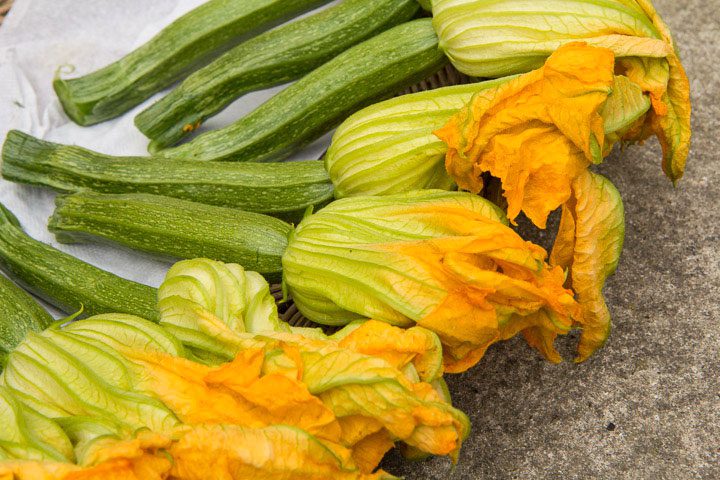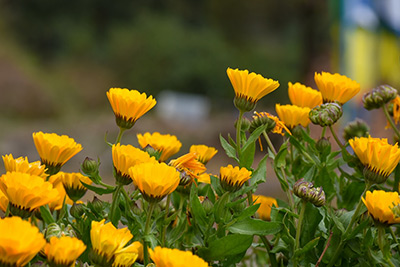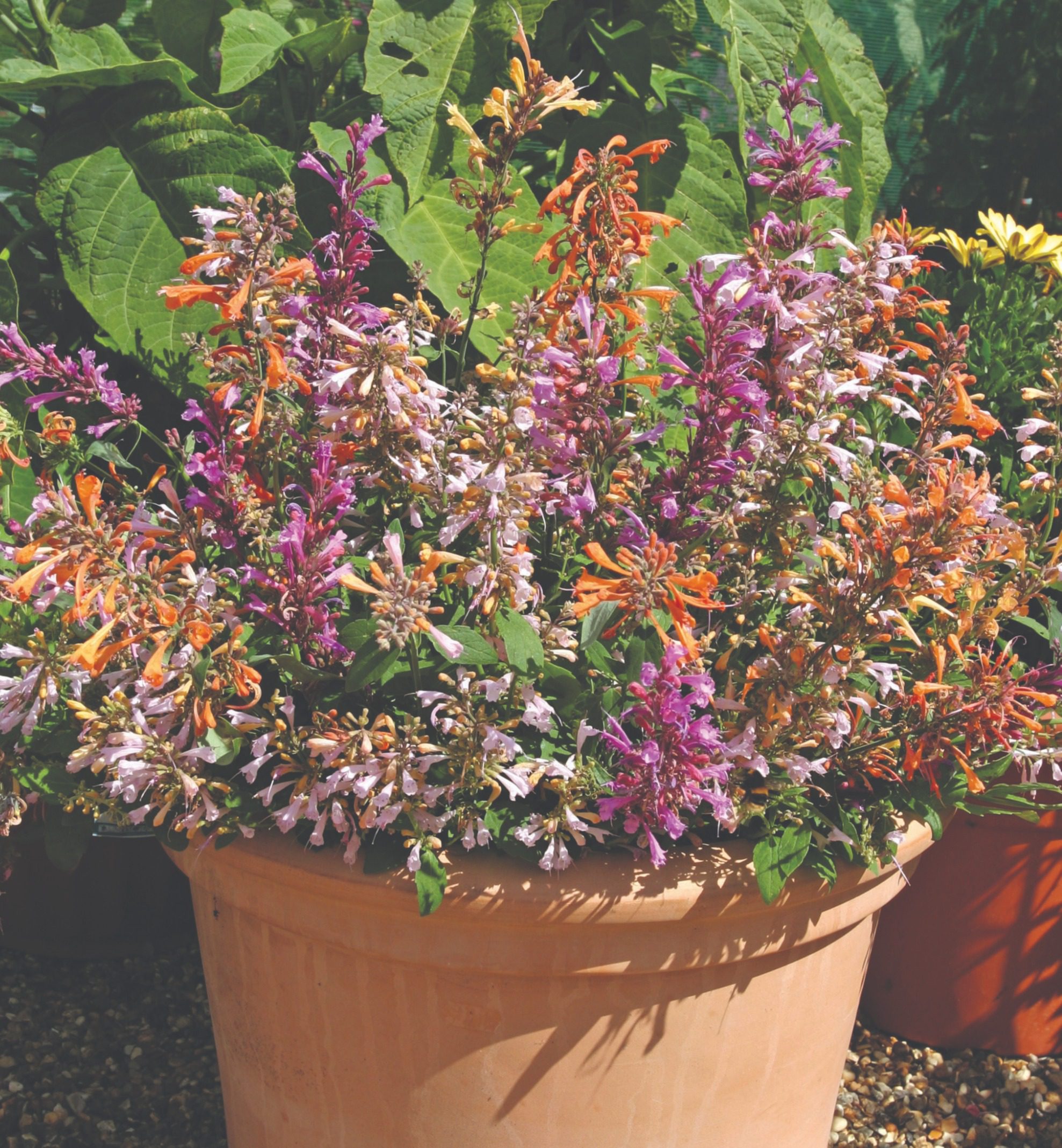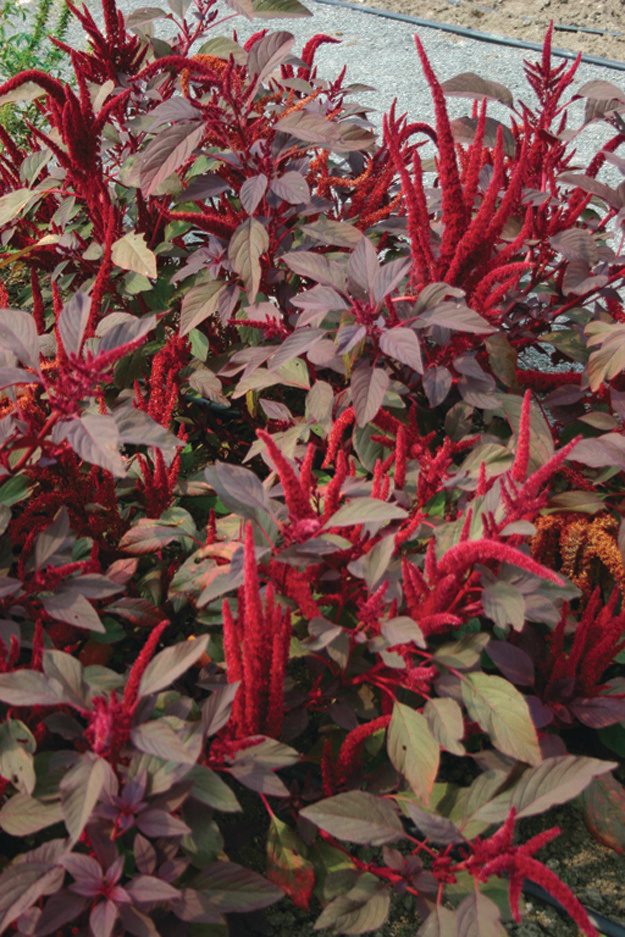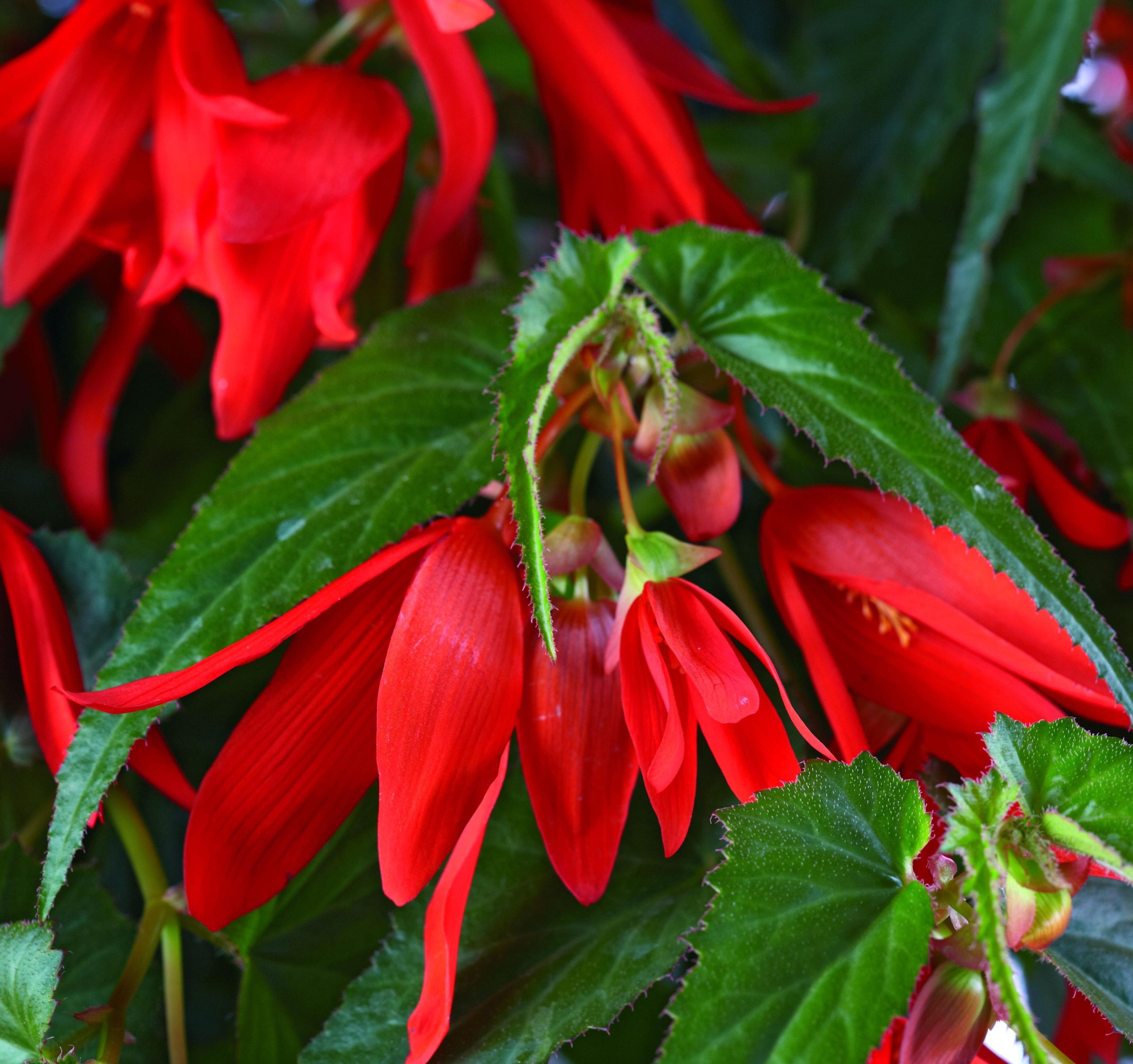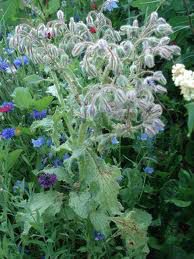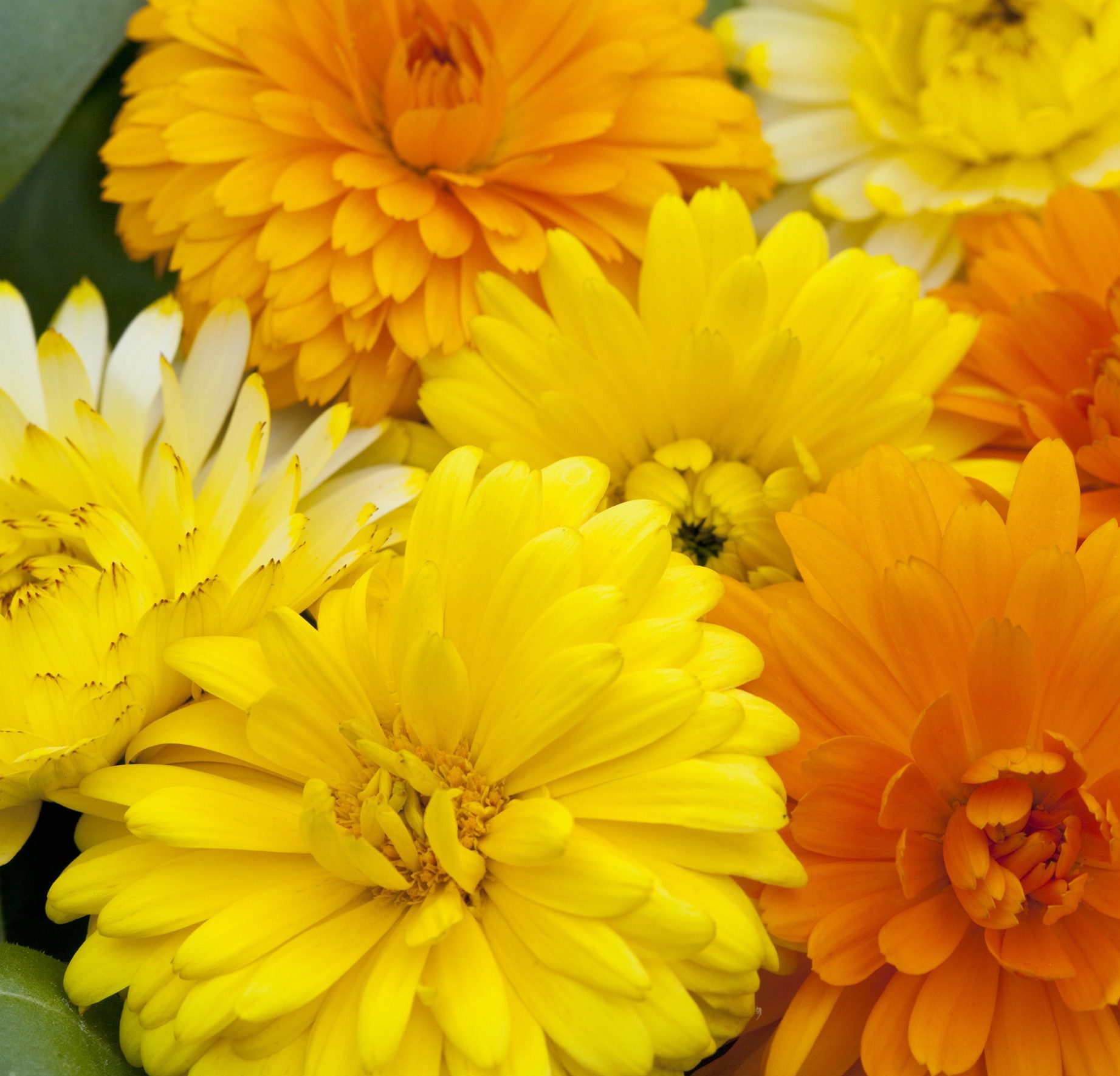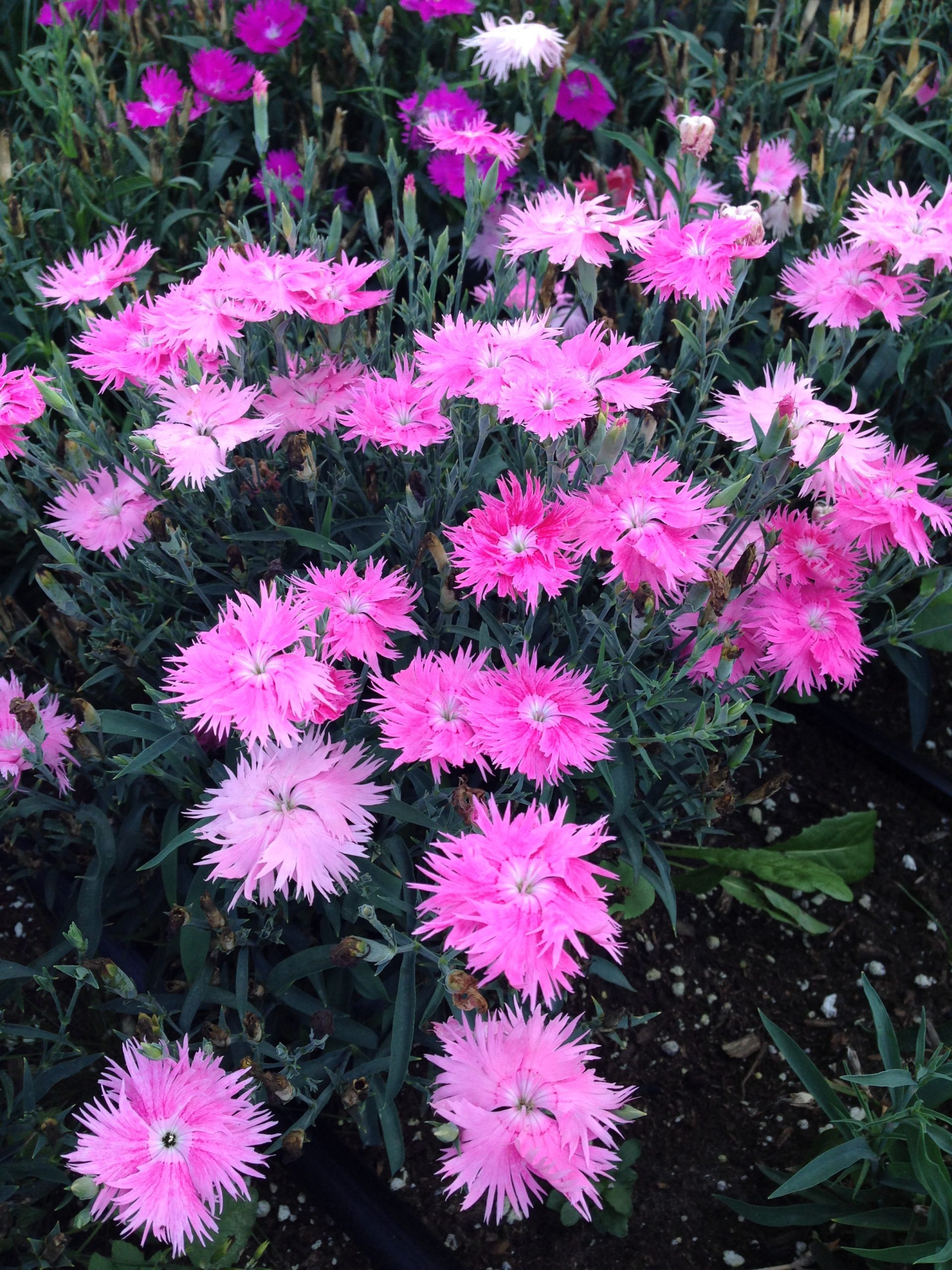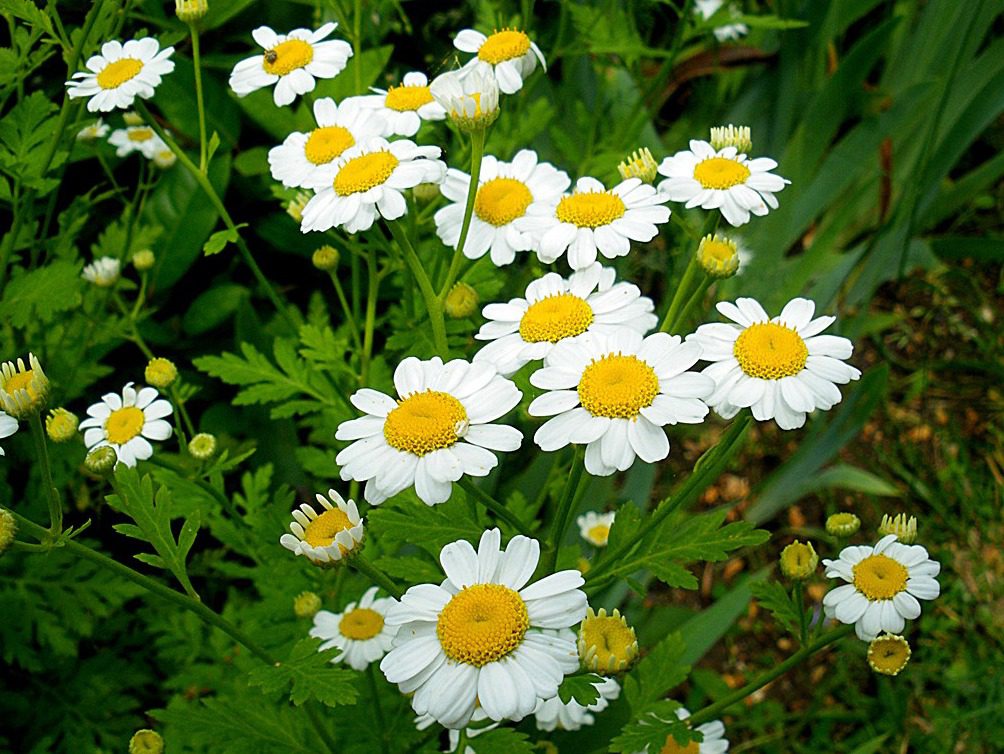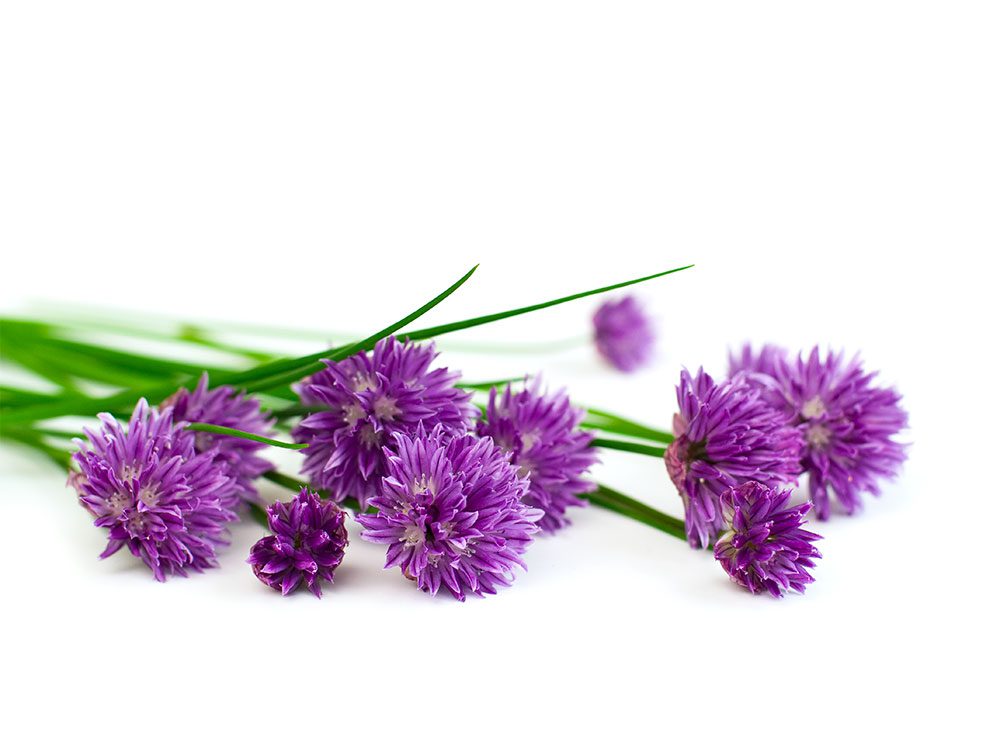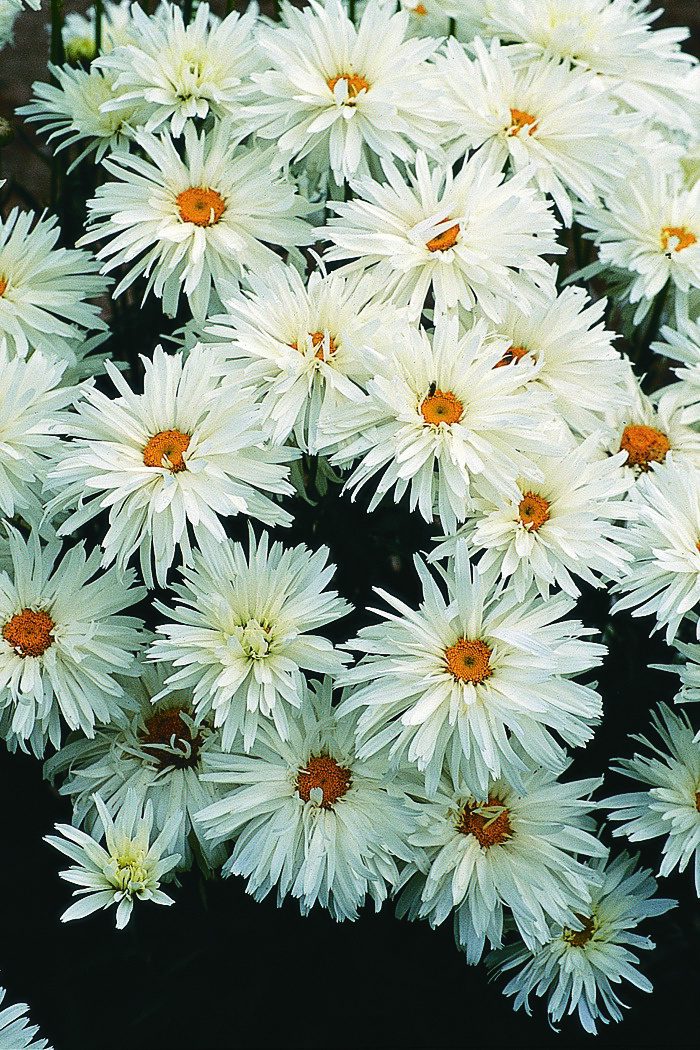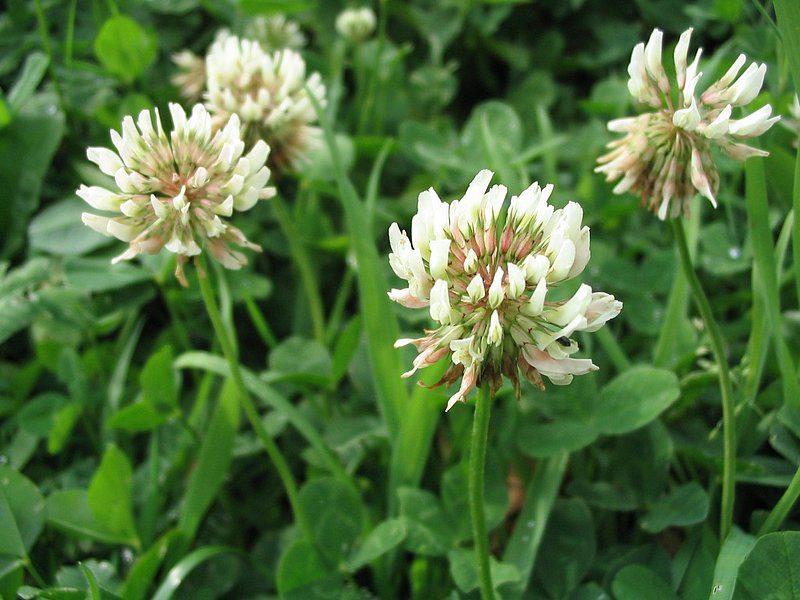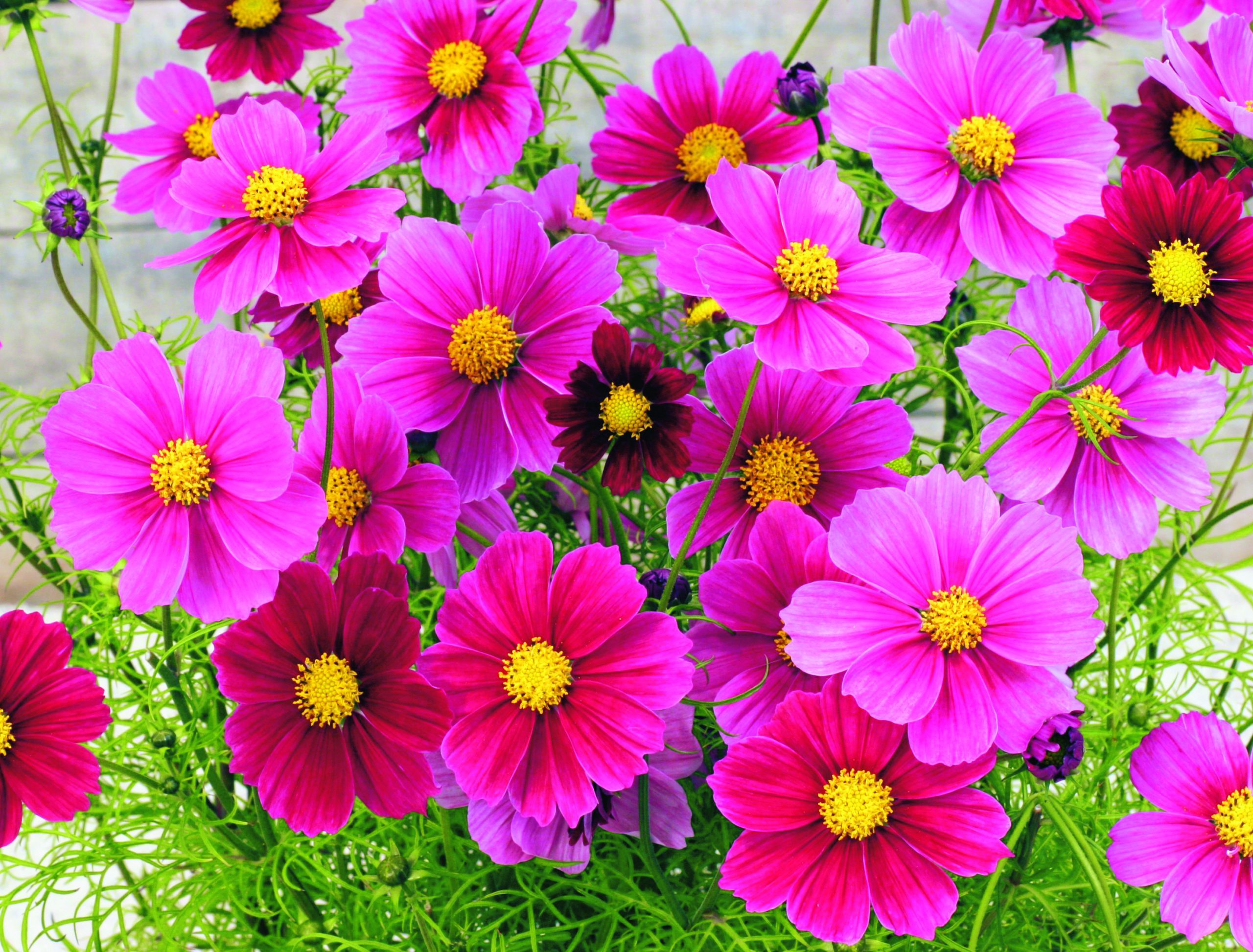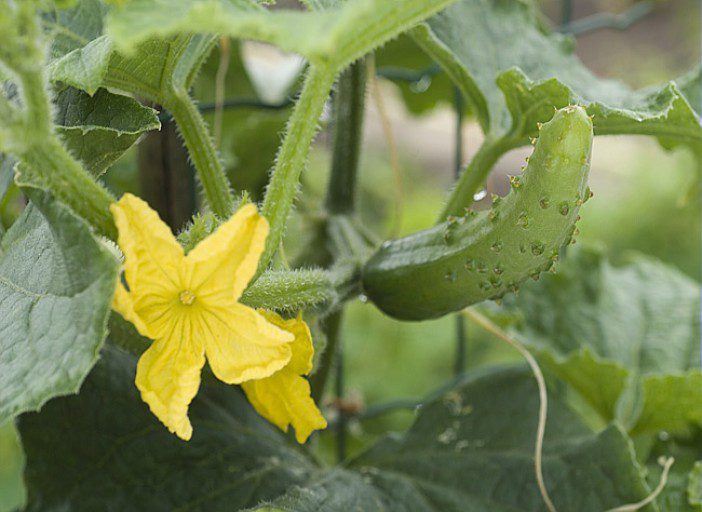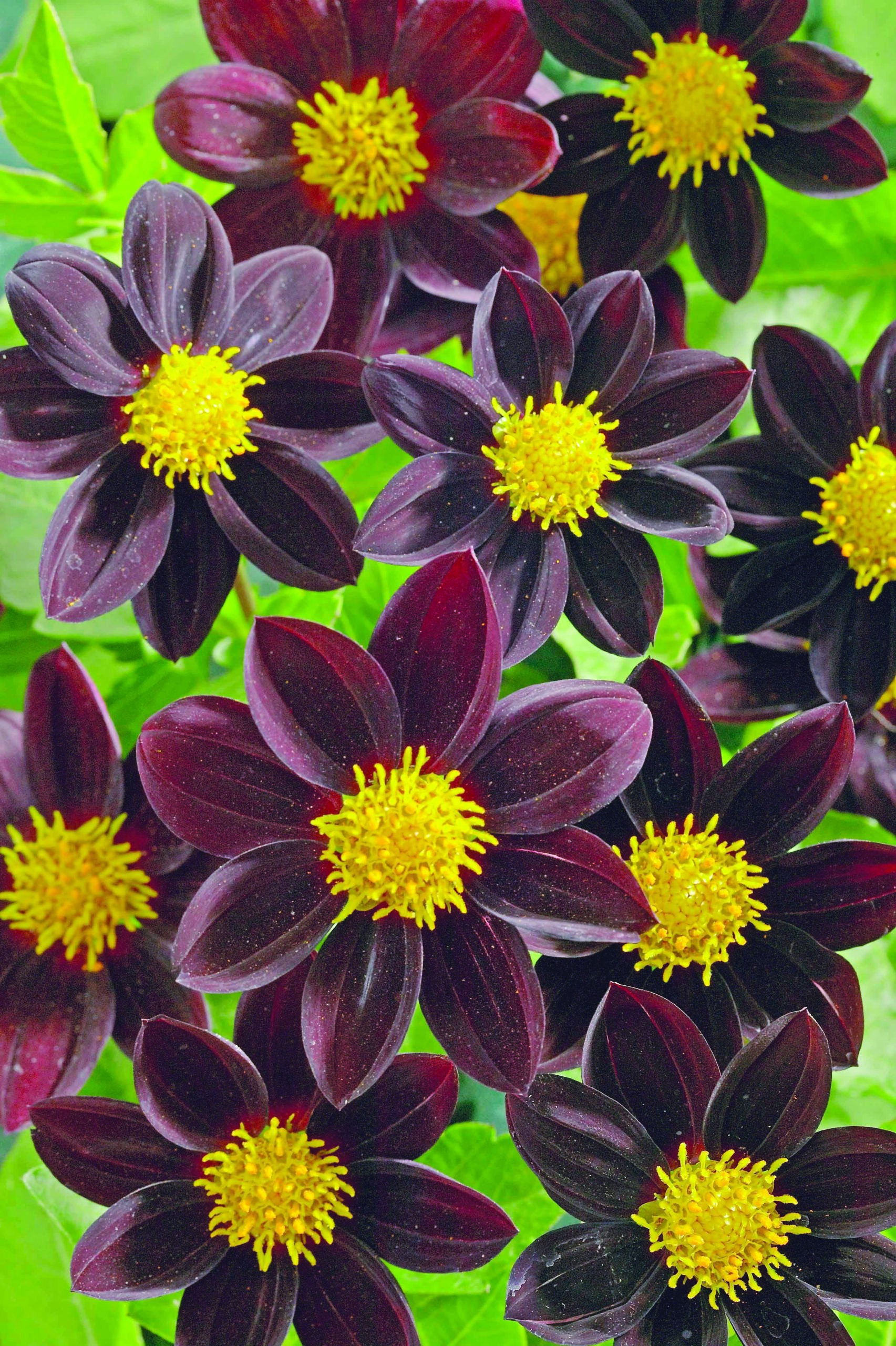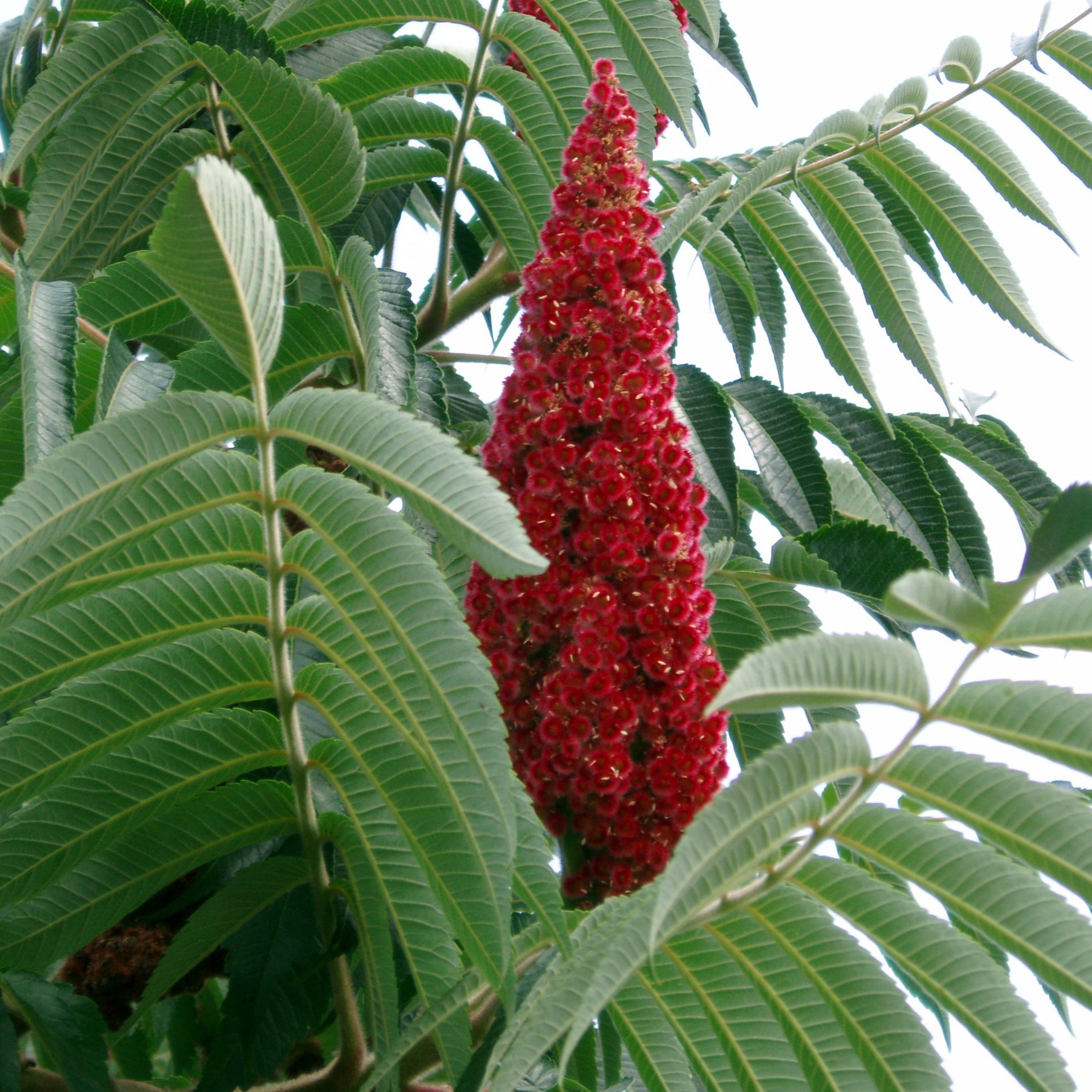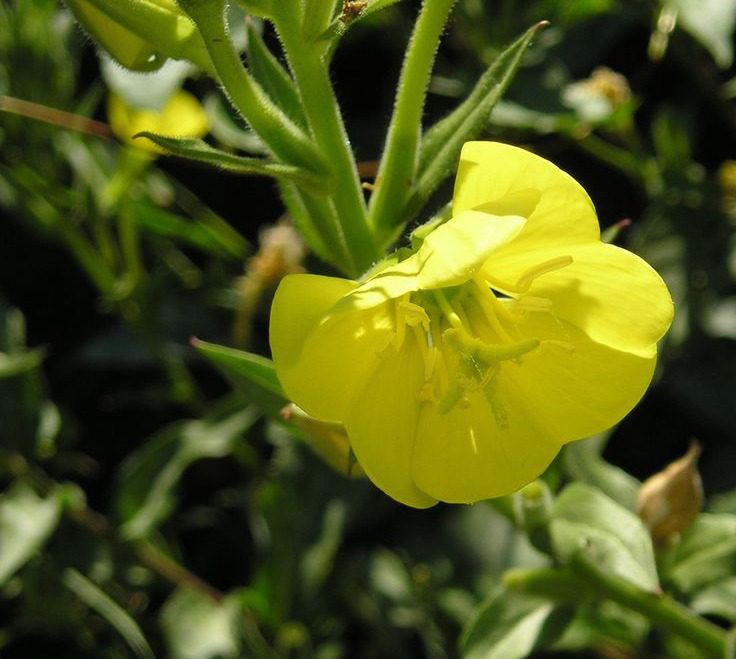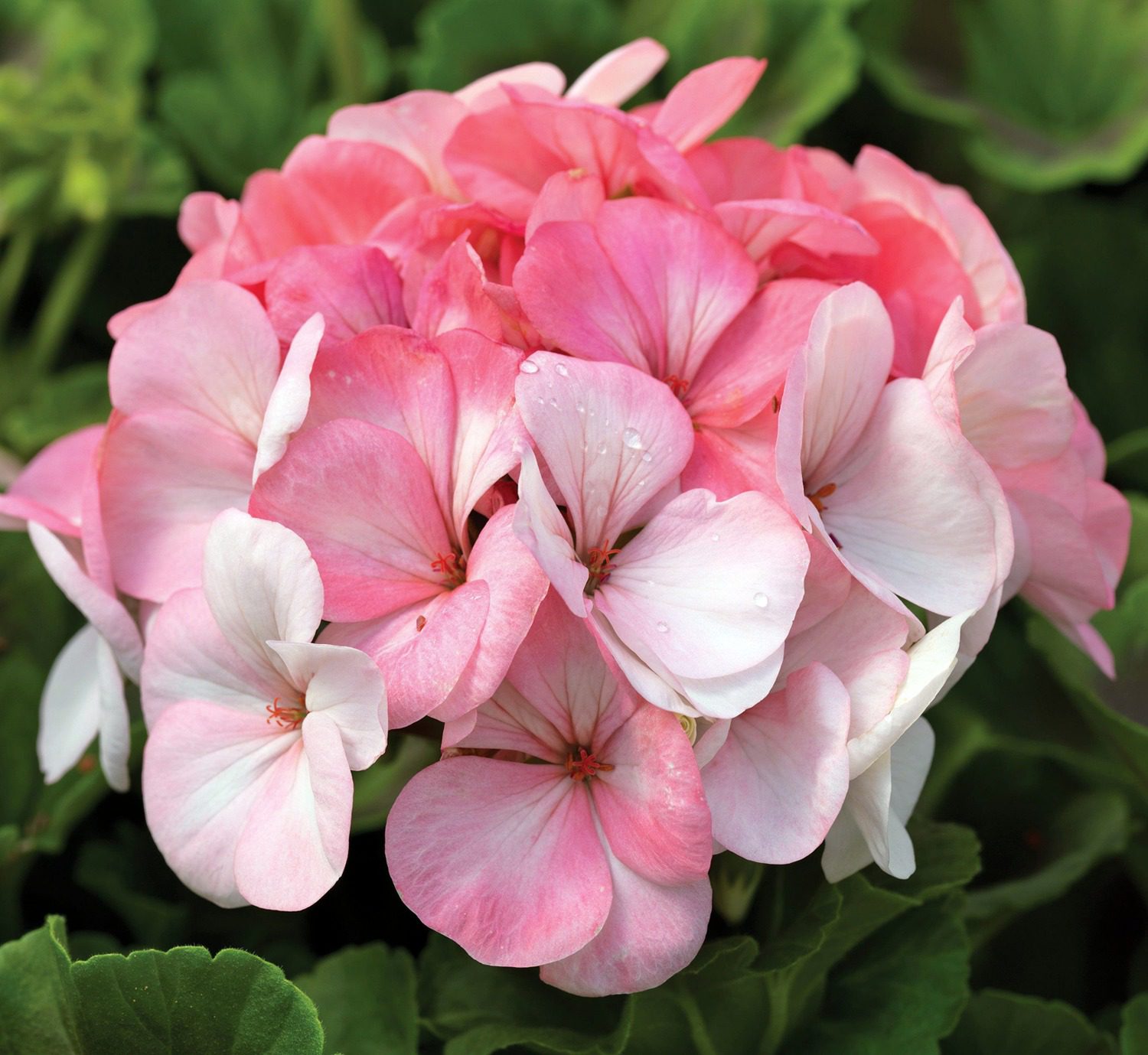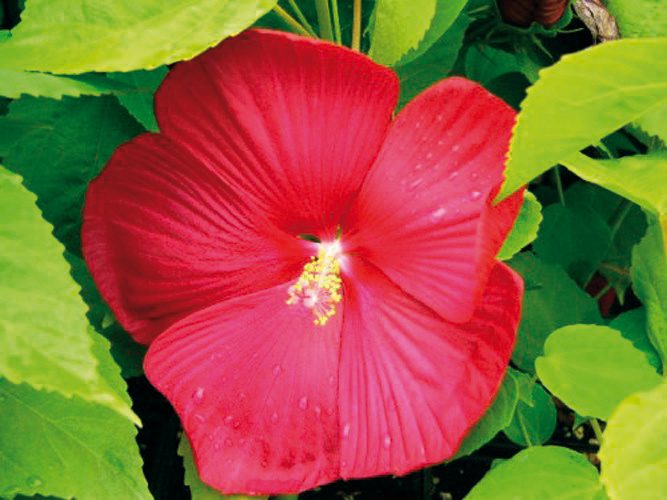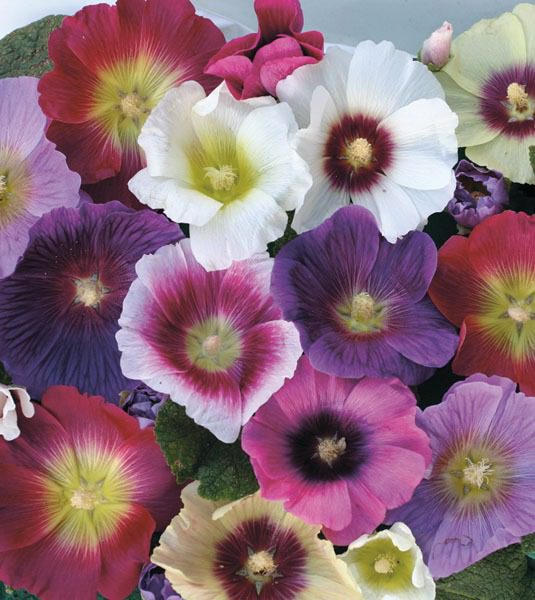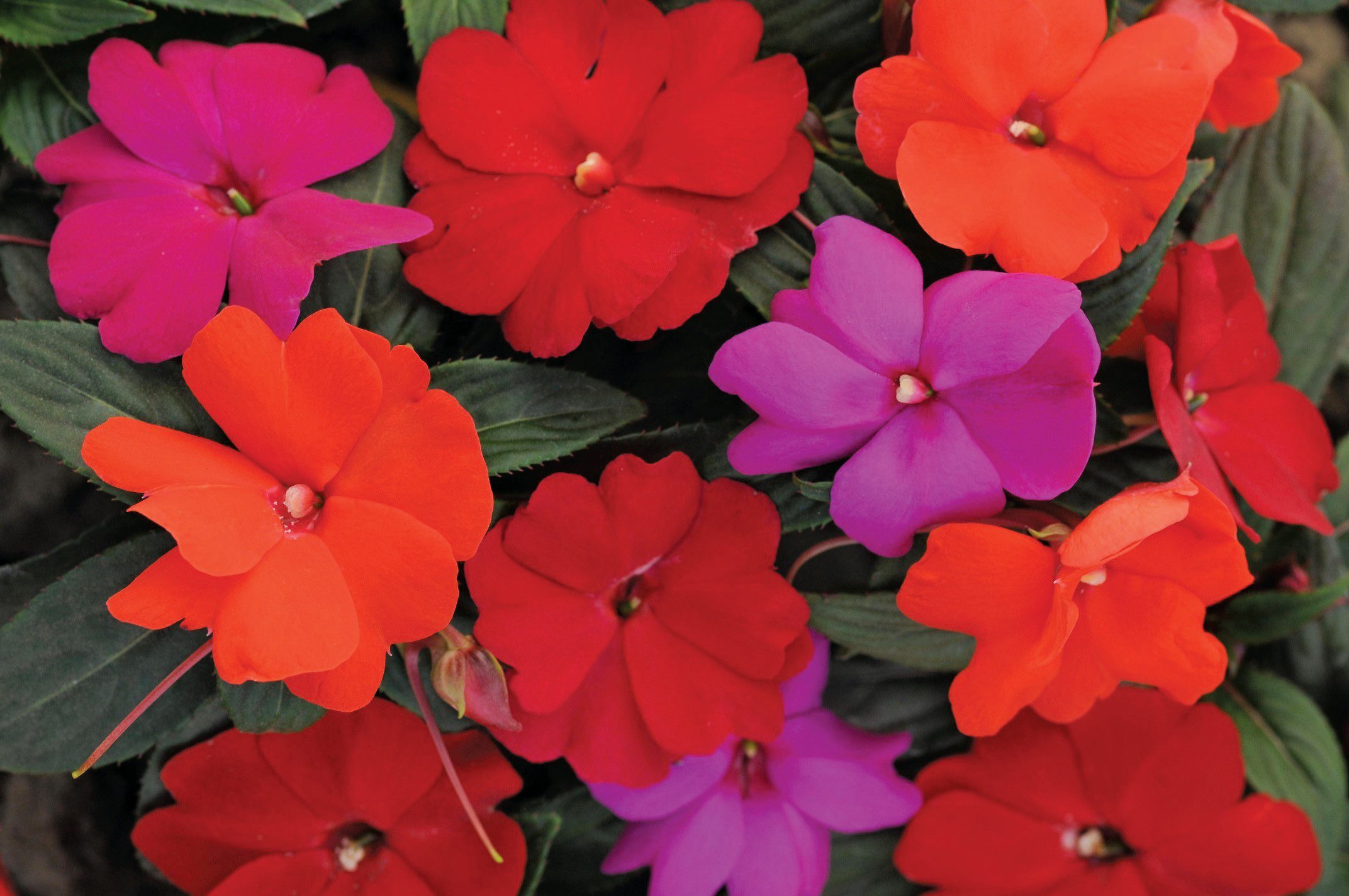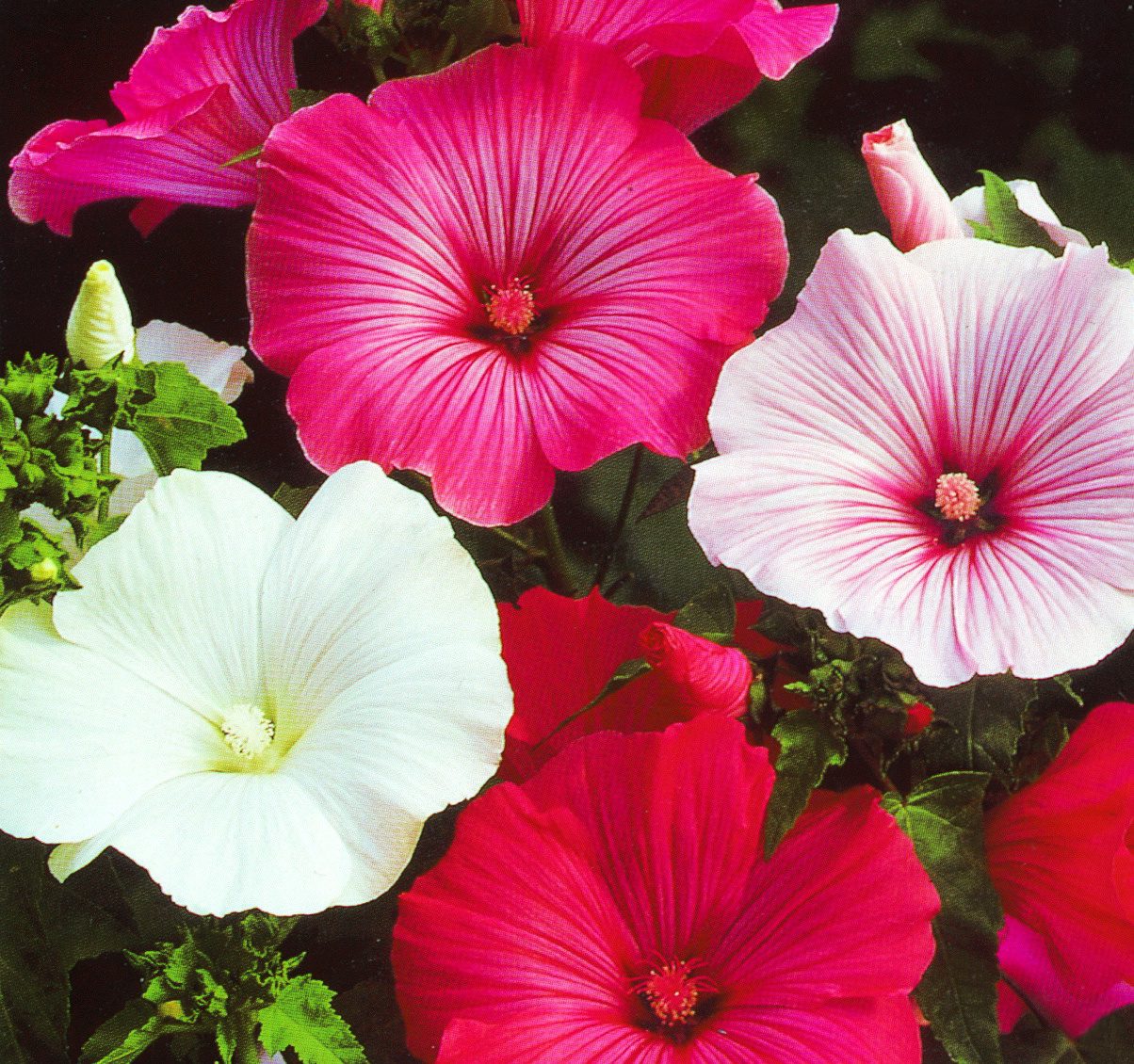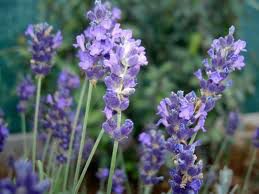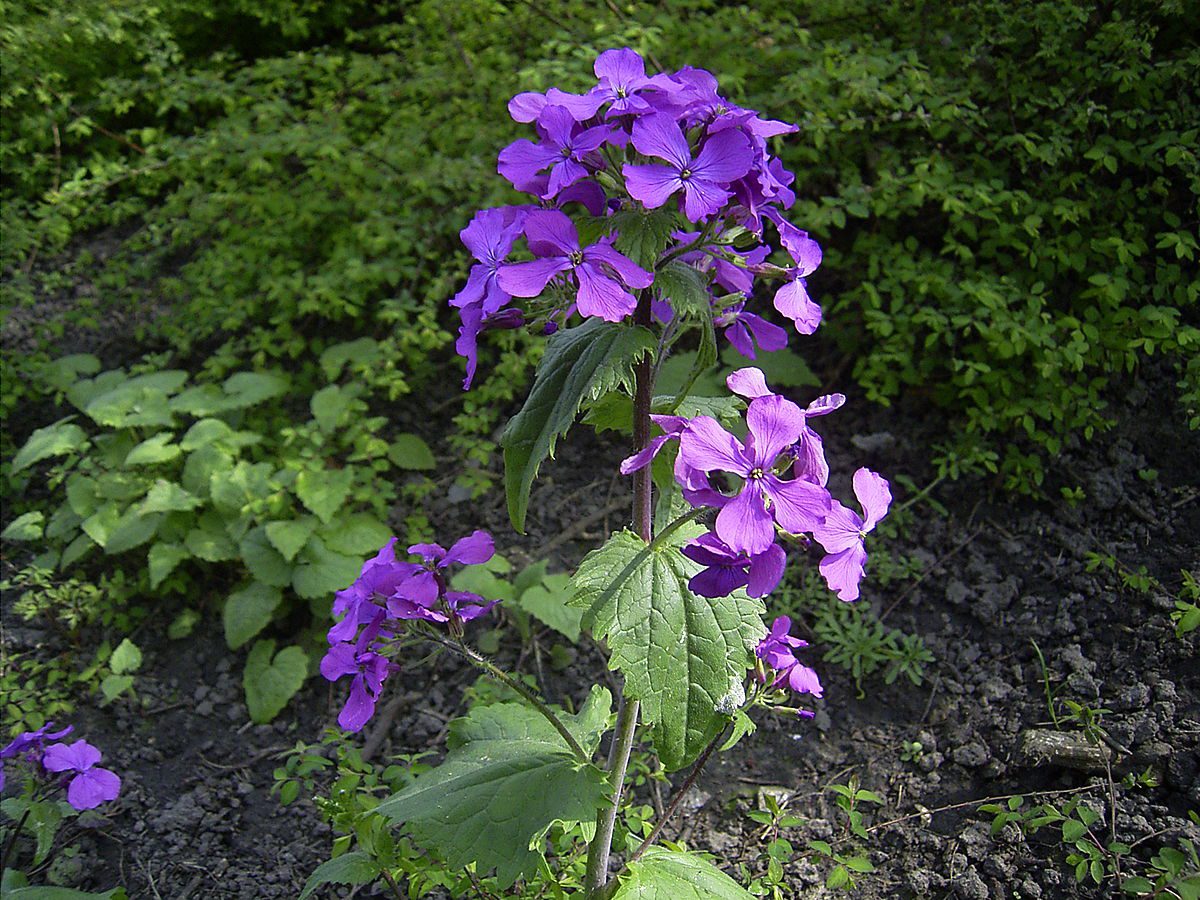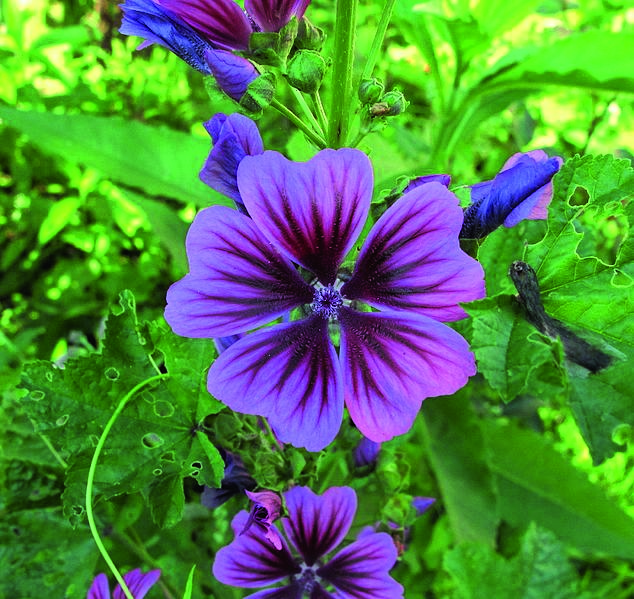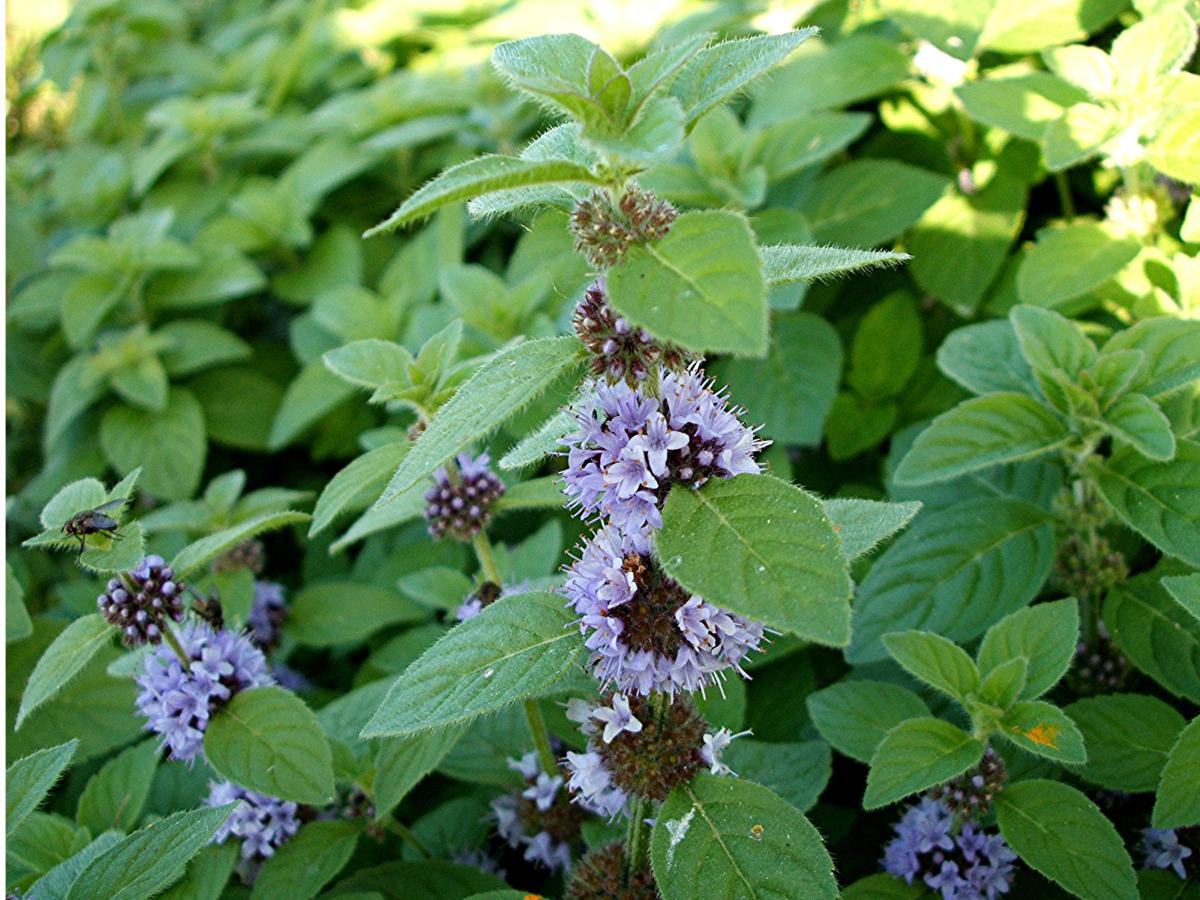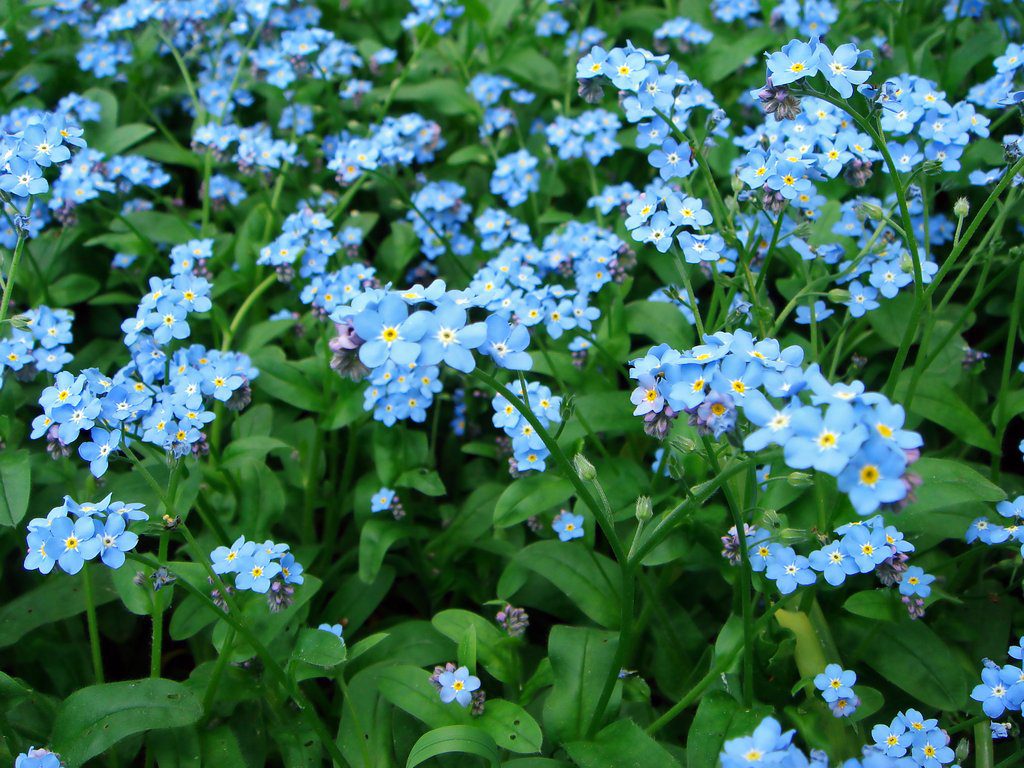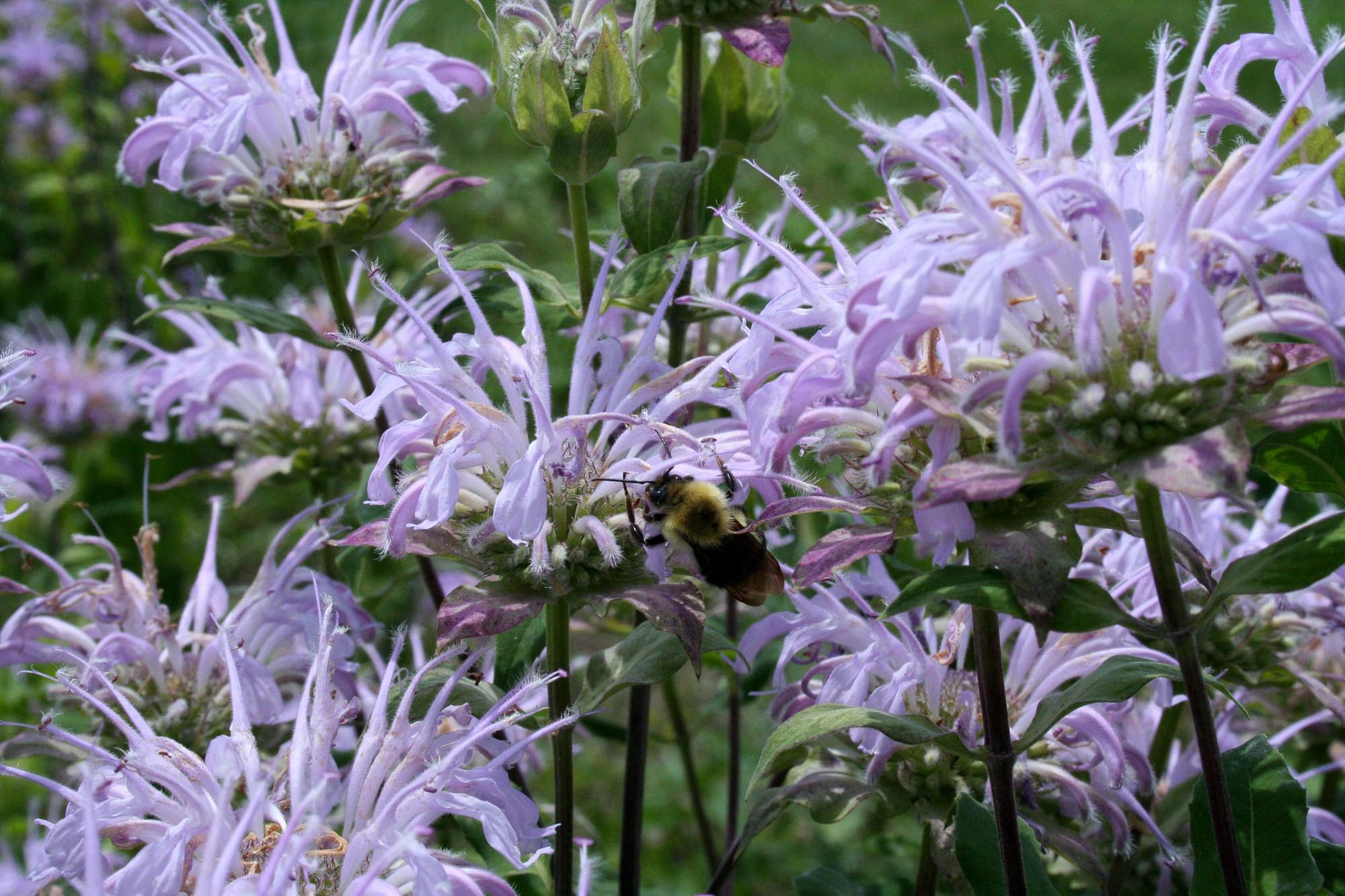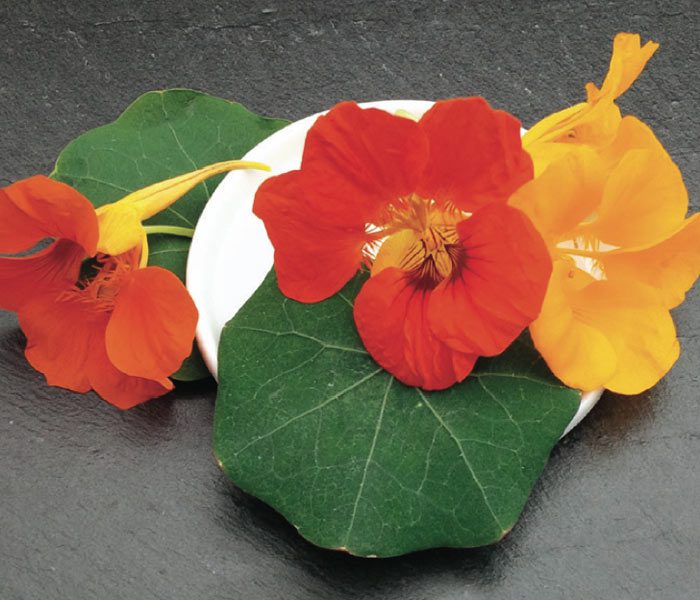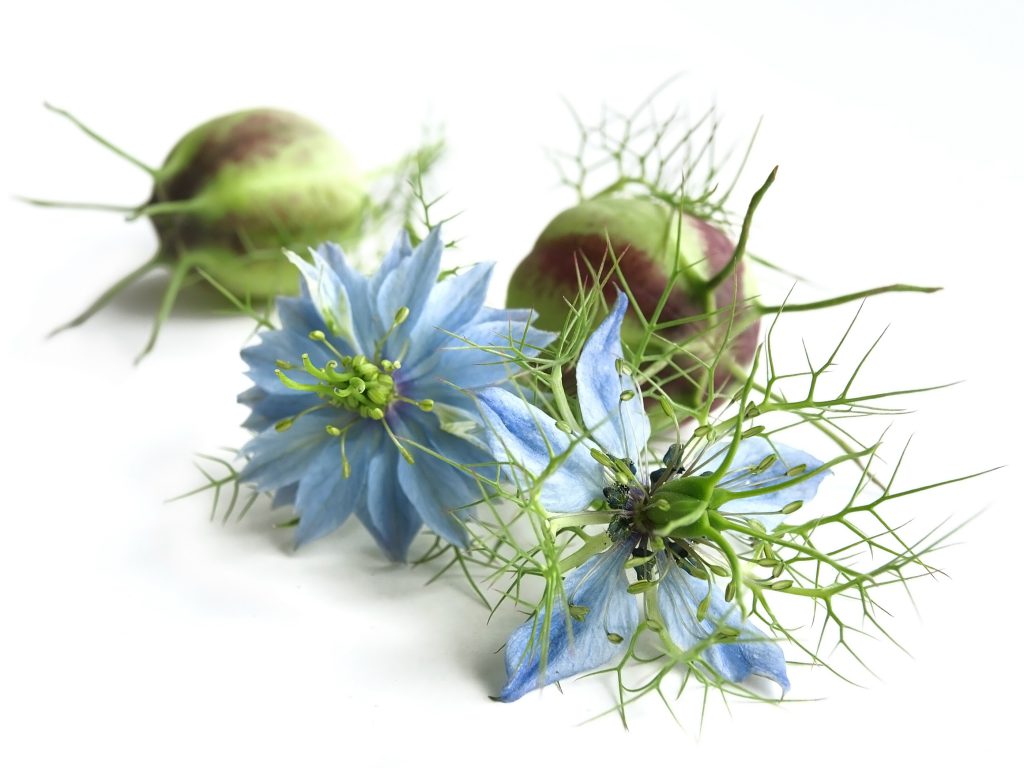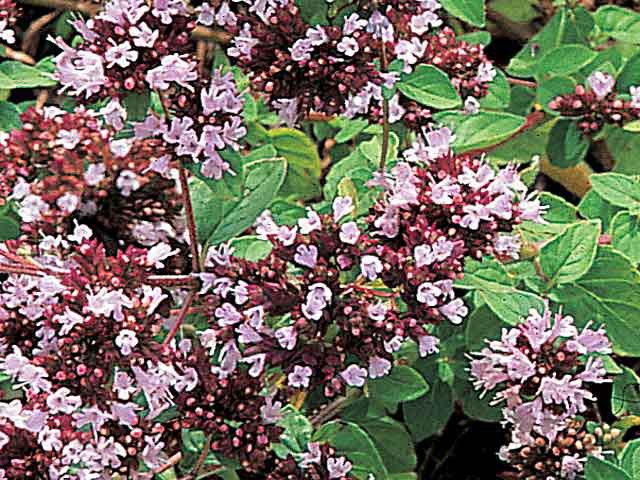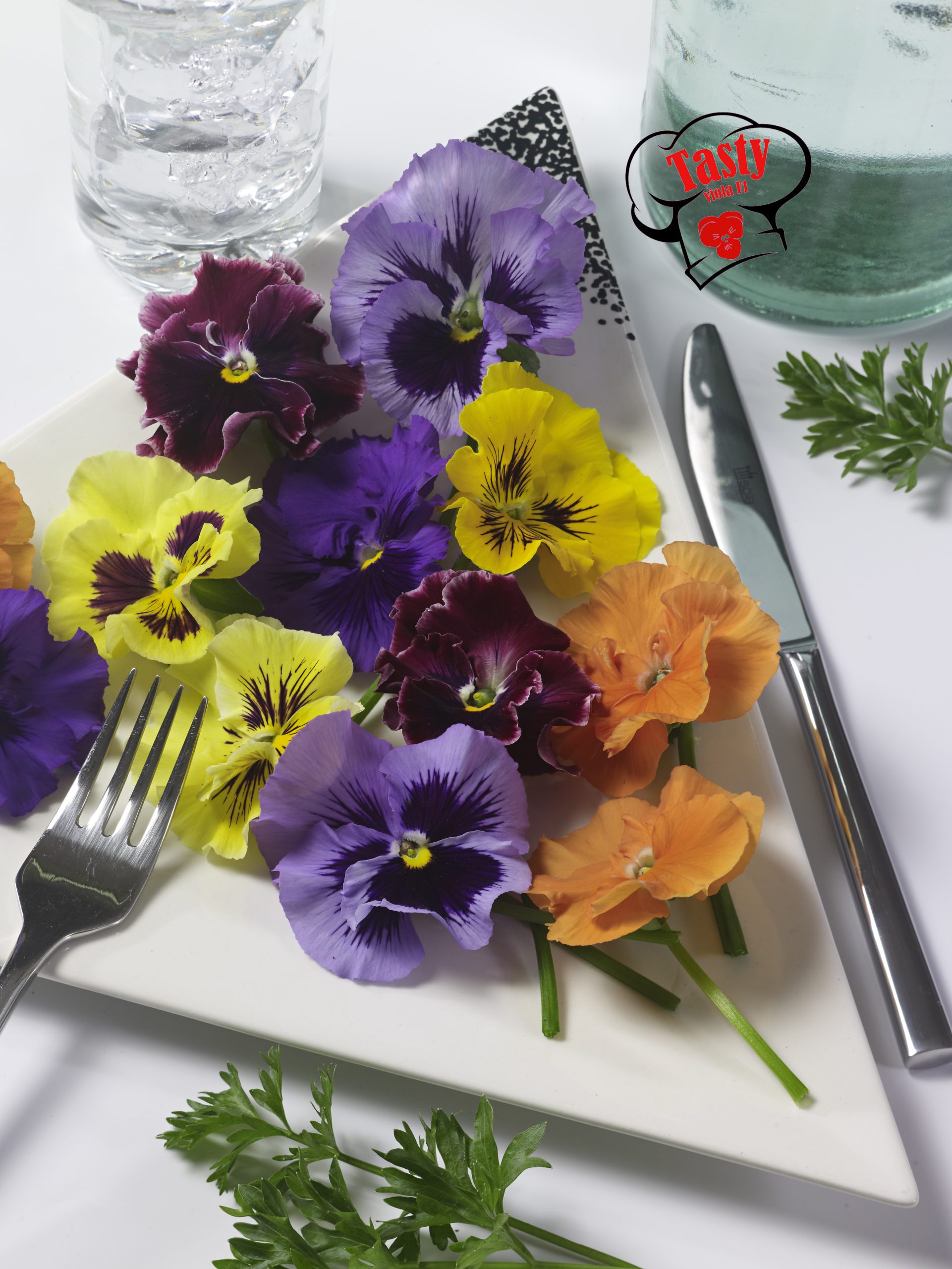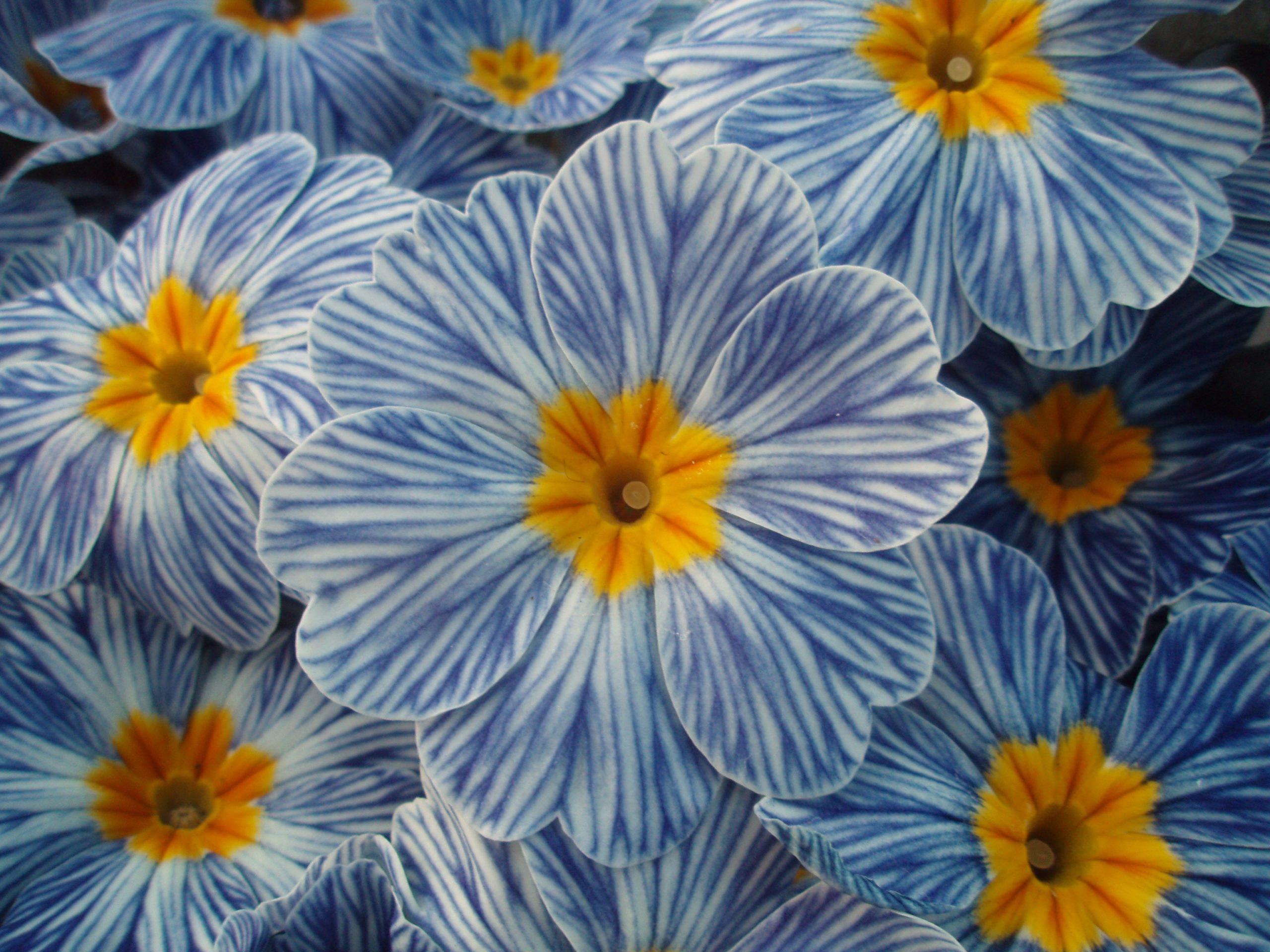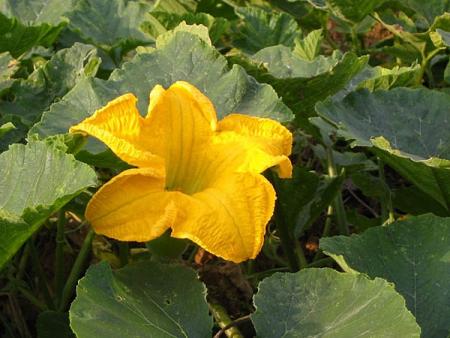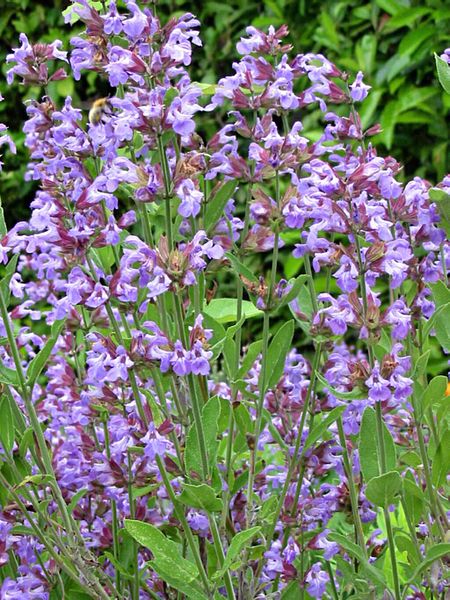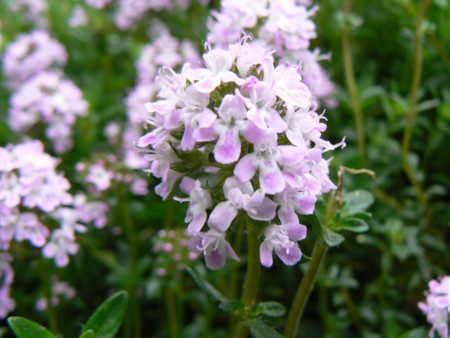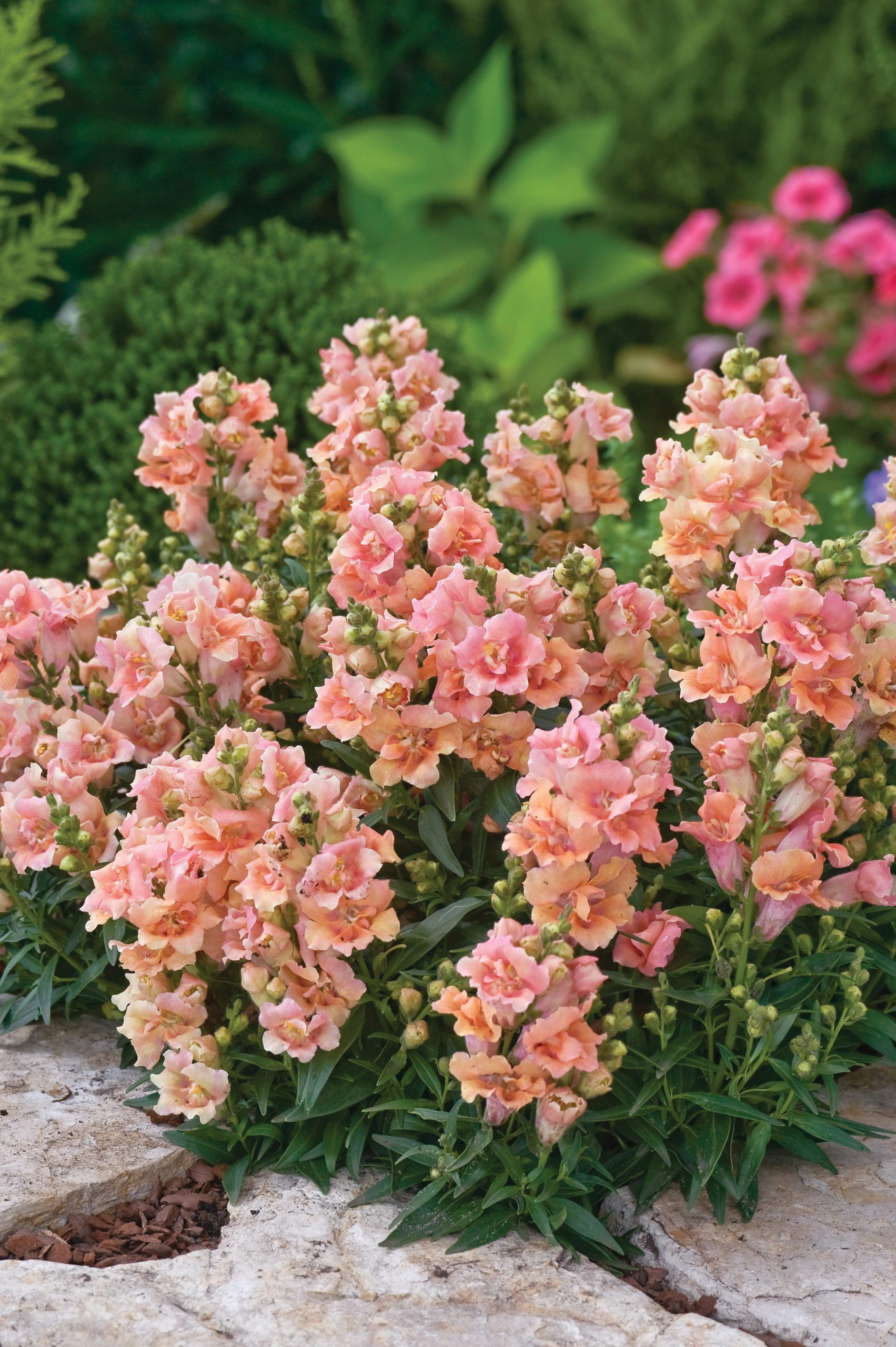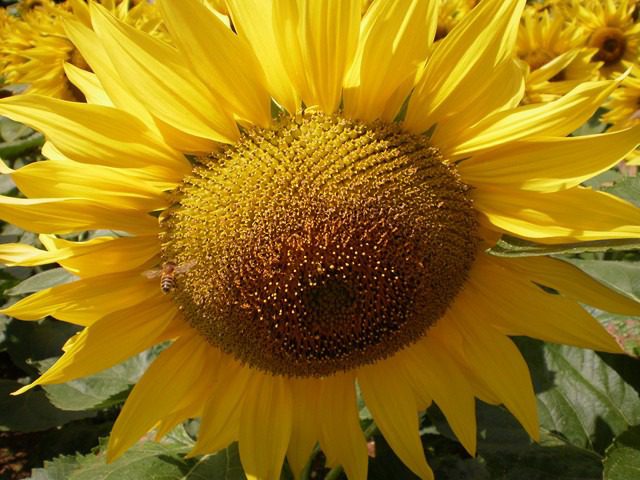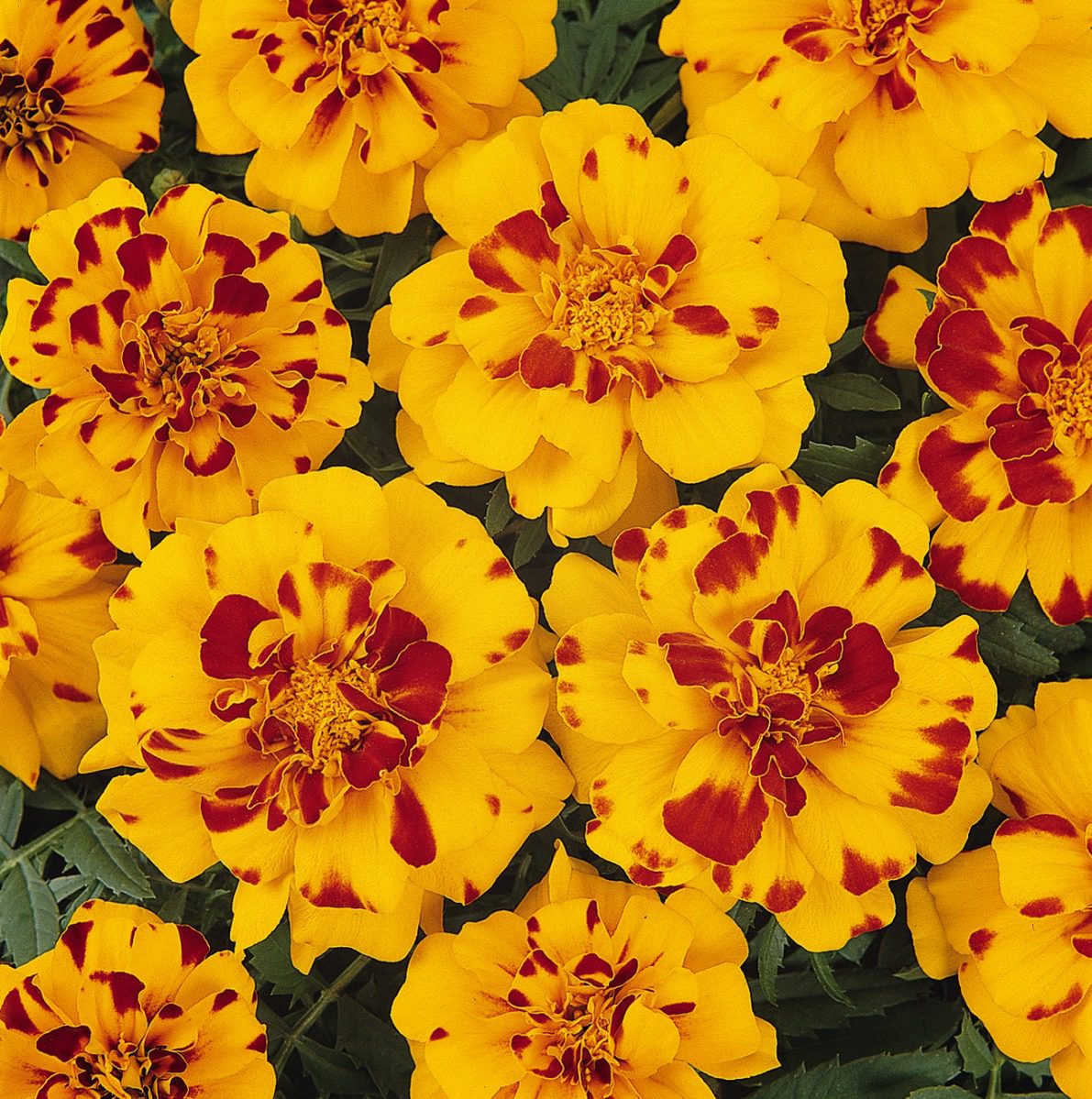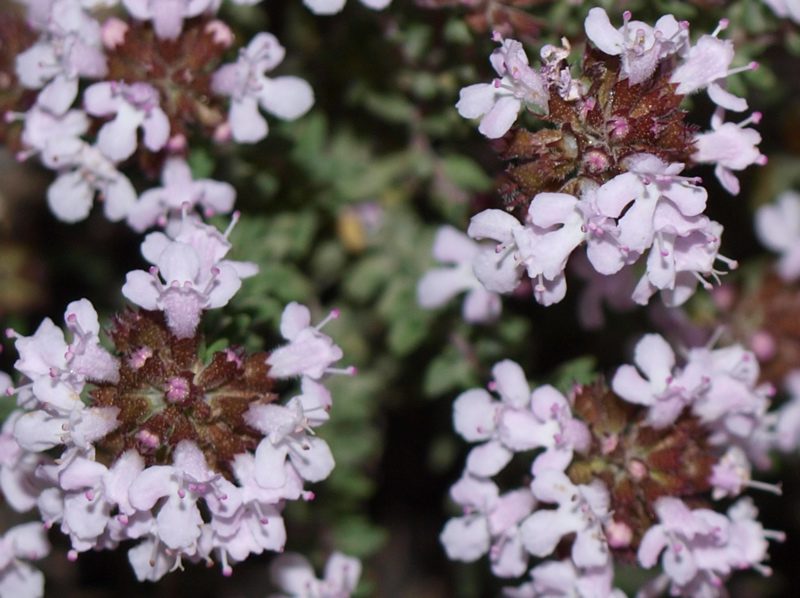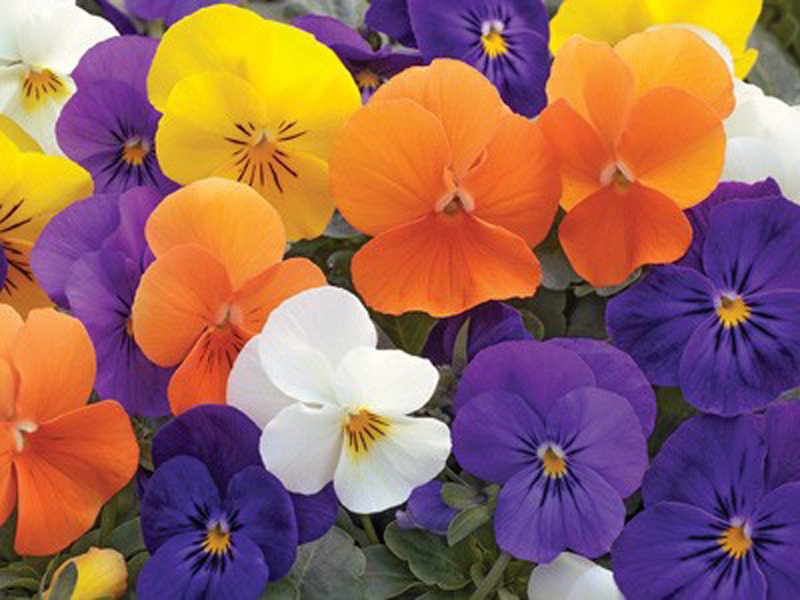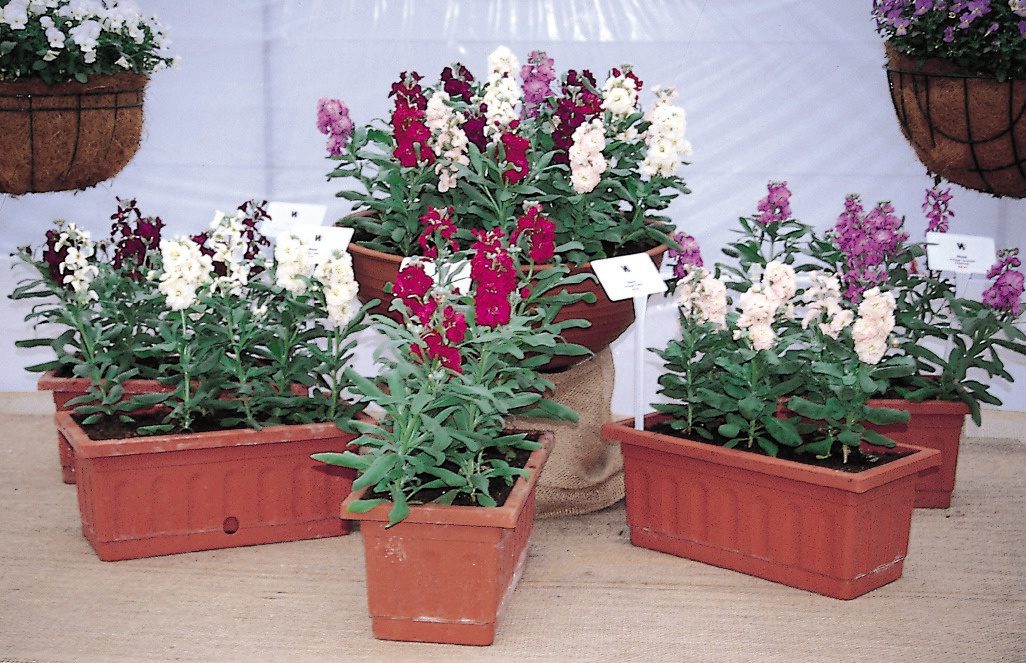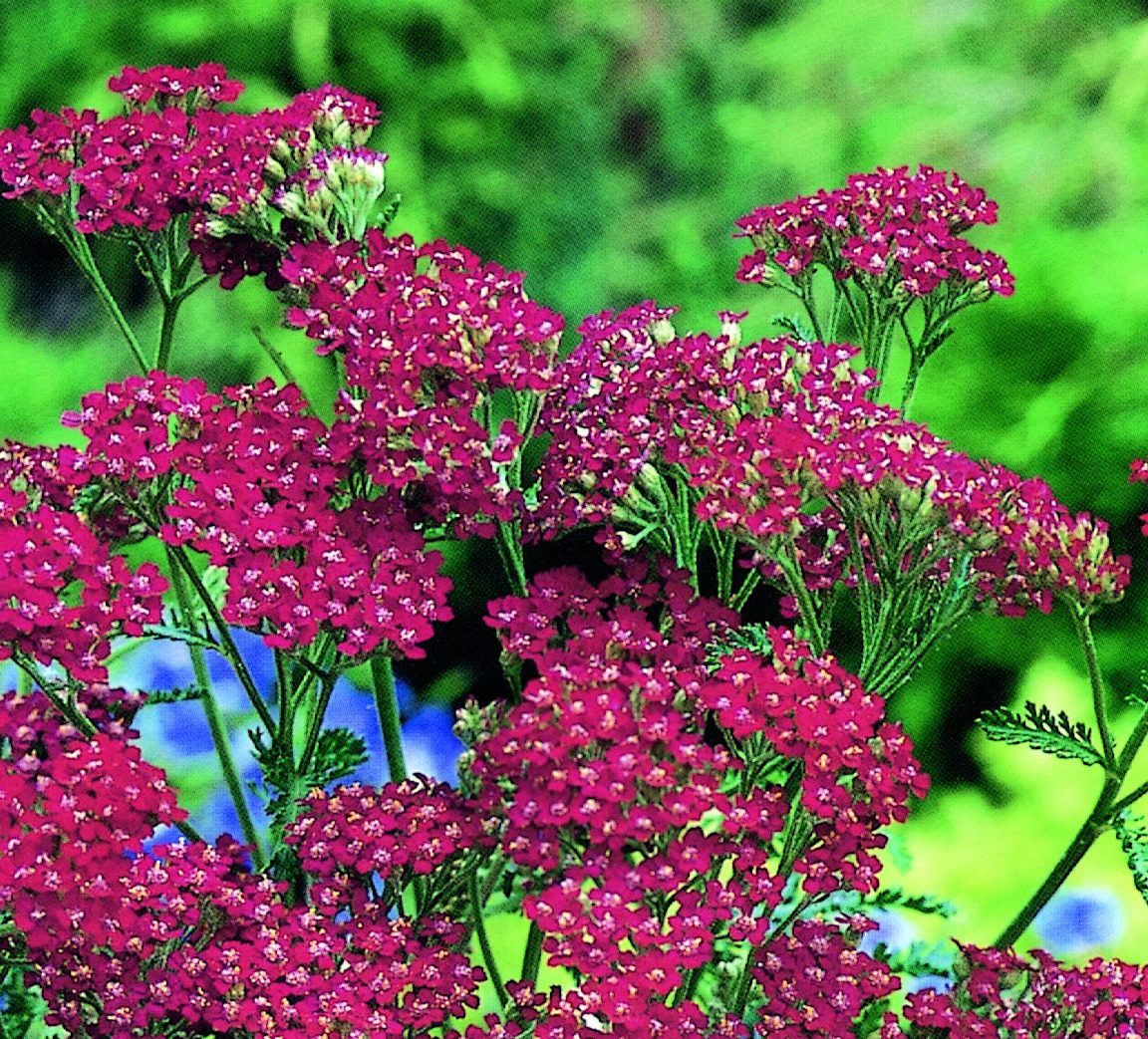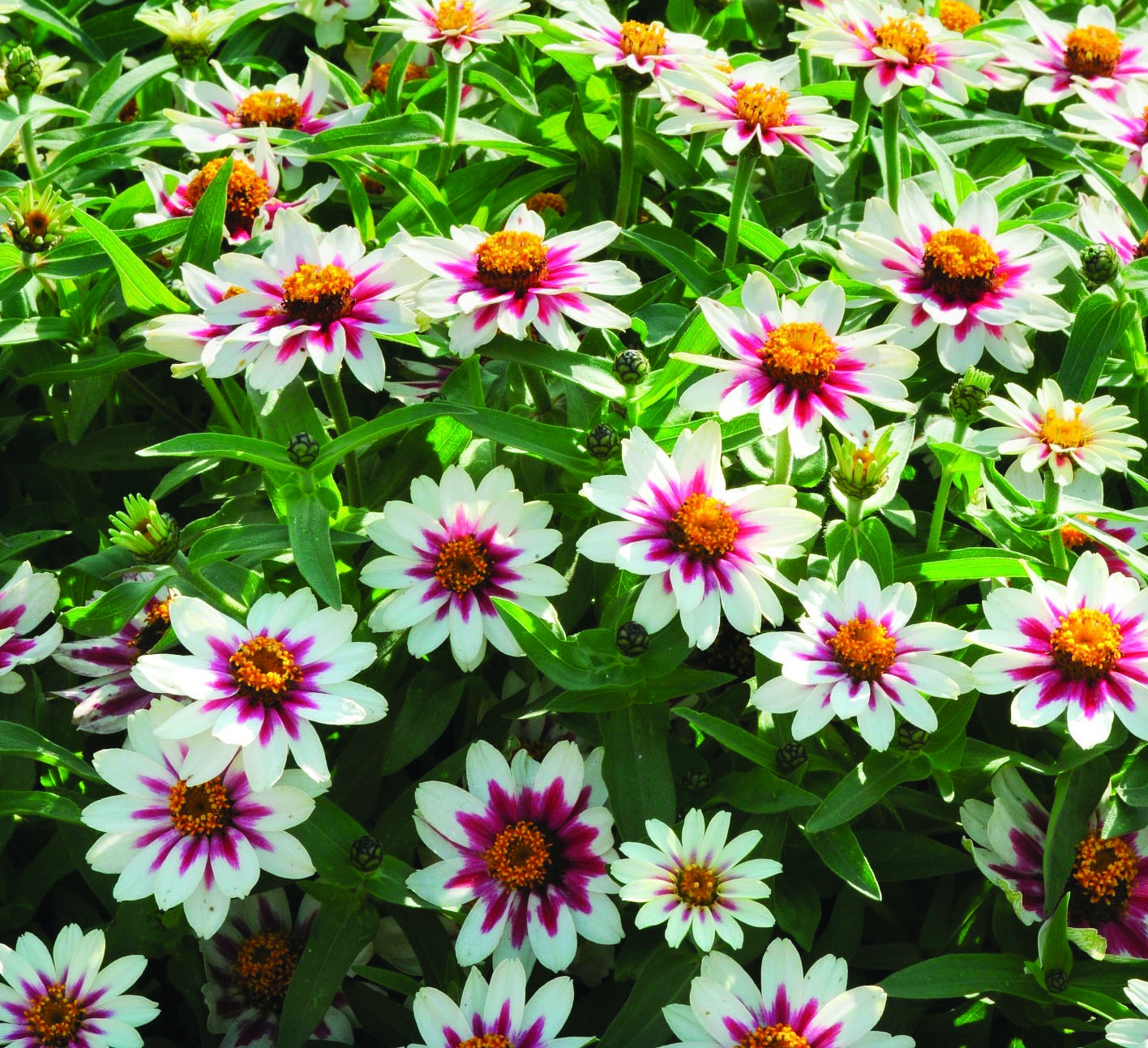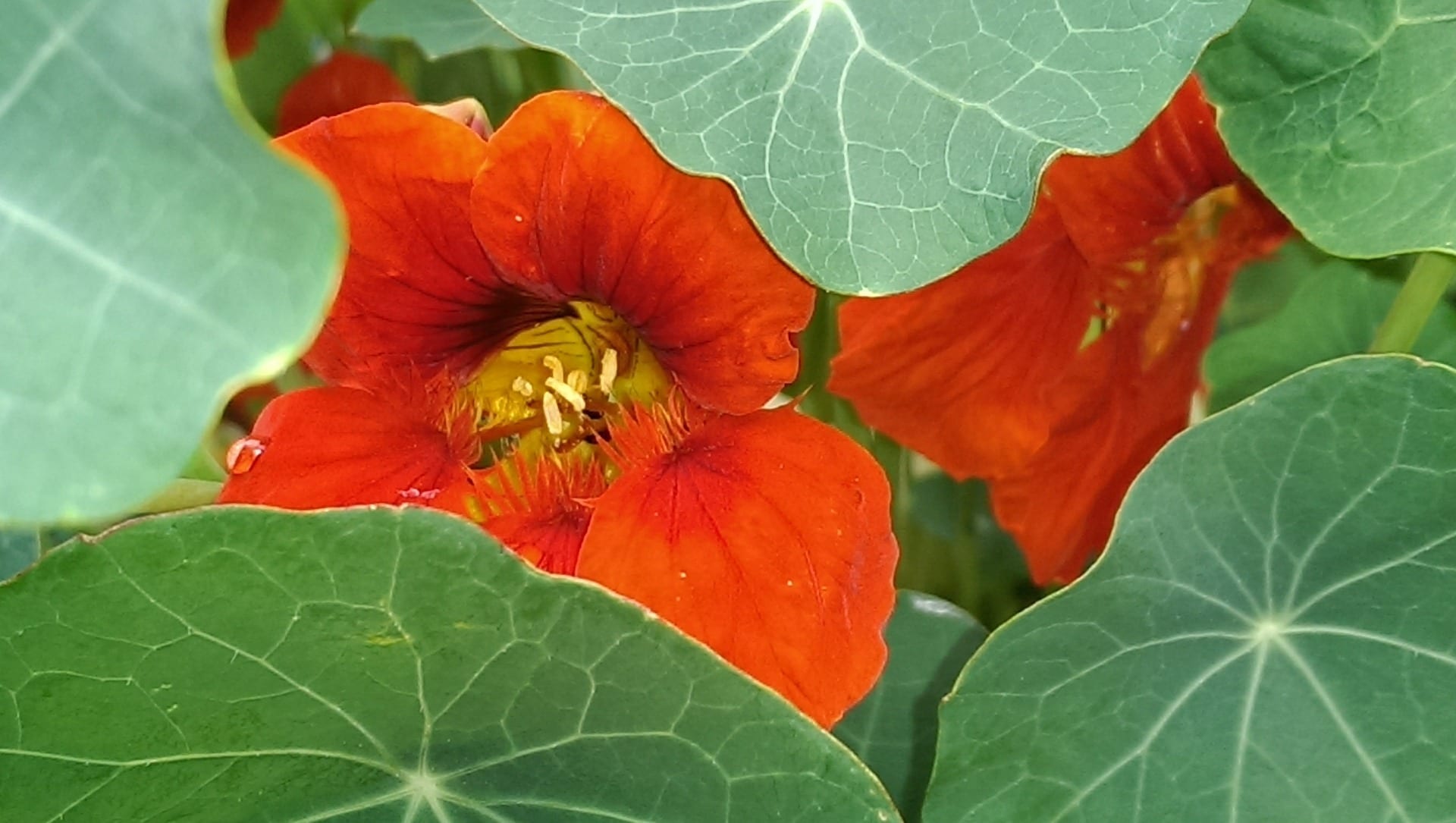
Edible flowers
Edible flowers will charm your taste buds as much as your eyes. Stuffed, candied, infused, or simply raw in salads, they ensure style and gaiety to your creations.

CAUTION
Only eat flowers you know the origin, edibility and identification.
Never eat flowers from a florist or found on roadsides.
Always remove the pistils and stamens from any flower before eating.
If you suffer from allergies, asthma or fever, do not eat flowers from the Asteraceae family. They may trigger allergies.
Flowers should be eaten in small quantities.
Avoid giving edible flowers to young children to avoid allergic reactions.
AGASTACHE (giant or hummingbird mints) – Lamiaceae Family
Agastache are herbaceous perennial plants that include many species native to North America and one species from Eastern Asia, cultivated as ornamental, aromatic or condiment plants. Highly appreciated by bees and other pollinating insects. In addition to the decorative aspect of their magnificent floral spikes, they are often used as aromatic herbs.
Suggested use: salads, cheeses, vinaigrette, teas.
AMARANTHUS (Foxtail – Pig Weeds) – Amaranthaceae Family
Amaranthus, also called ‘’foxtail’’, is an herbaceous plant either annual or perennial. Some species are cultivated as vegetable plants, for their edible leaves like spinach or for their seeds. Also as ornamental plant for its spectacular spike-shaped blooms. Amaranth seeds are used to make flour for fragrant breads or cakes.
Suggested use: pastries, bread, porridge, pop snacks (like popcorn) salads, and soups.
BEGONIA – Begoniaceae Family
The begonia is an annual ornamental plant grown for its flowers. The flower has a tangy, almost vinegar-like and refreshing taste, a bit like sorrel. The petals can be used in fritters, or used as a garnish when mixed with mayo. The seeds can be used to garnish. Crunchy petal, slightly tart with a lemony and fruity taste. Many colours, red, pink, or white.
Suggested use: fish, shellfish, salads, flavoured butter, tabbouleh, doughnuts, soup, and fruit salads.
BORAGE / Borago officinalis – Boraginaceae Family
Borage, also known as «starflower» is an annual herb native to Mediterranean regions. The leaves are edible and often cultivated for borage seed oil. The leaf has a light cucumber flavour while the flower, very fine petals shaped like a star, has a sweet honey-like taste. The taste comes from the fluffy stem and not from the petal.
Suggested use: seed oil, creams, with fish and shellfish, vegetables (salads), and flowers to decorate desserts.
CALENDULA (flower) / Calendula officinalis – Asteraceae Family
Calendula, is a short-lived herbaceous plant species often grown as an annual, with yellow or orange-yellow flowers, which begin to bloom in the first days of spring and can last almost all year. It is sometimes called garden marigold. Very common in Mediterranean regions, marigold grows in most gardens without needing to be planted, the wind acting as a gardener. Its seeds survive intense cold. It is also an edible plant (young leaves, fresh or dried flower heads).
Suggested use: the flower buds of marigold can be candied in vinegar before they open. They can also be sautéed to accompany grilled meats. The flowers can be used in salads. You can also collect the petals and add them to rice and pasta at the last minute. They add colour, like saffron, with a pleasant, unpretentious bittersweet tone.
CARNATION (Clove Pink) / Dianthus caryophyllus – Caryophyllaceae Family
Dianthus caryophyllus is a biennial and perennial plant probably native to the Mediterranean region, but exact range is unknown. Their fragrance was historically used for vinegar, beer, wine, sauces and salads. The carnation has a surprising taste of sweet cloves and a nice nutmeg aroma.
Suggested use: to flavour butters, candied, as garnish, in lemonades, and as garnish.
CHAMOMILE / CAMMOMILE (Chamomilla) – Asteraceae Family
Common species: noble antemies, Roman chamomile, Matricaria. A daisy-like plant commonly used to make herbal infusion using dried flower heads and water. Also used as flavouring agent in food and beverages, mouthwash, soaps and cosmetics.
Suggested use: herbal tea, to perfume pastries, ice creams, lemonade, and pastries.
CHIVE / Allium schoenoprasum – Liliaceae Family
The chive is a plant close to a spring onion, with small bulbs joined together by the roots, whose thin and tuberous leaves are used as a condiment. The flowers, in the shape of a Parma pompon, have a sweet fragrance with a flavour of onion mixed with garlic. Suggested use: the chive flowers, picked young, and stems accompany salads, meats, pastries, fish, cheeses, omelettes, soups, yoghurt and sauces.
CHRYSANTHEMUM / Chrysanthemum x monifolium – Asteraceae Family
Chrysanthemum is a perennial plant that usually blooms in June. The petals taste reminds of watercress; petals should always be bleached before use. The leaves are also edible.
Suggested use: the flowers are dried and often used to flavour infusions and tea. Slightly bitter in taste, chrysanthemums are good in stir-fries and are a good match with peppers and zucchini. The young leaves are eaten raw or cooked in salads, soups, and sauces.
CLOVER / Trifolium – Fabaceae Family
Clover is an herbaceous plant, with three leaflets (trilobes) leaves and flowers grouped in heads. Grows well in meadows of temperate regions. White clover (creeping) meadow clover or red clover (pink, purple flowers). The clover is known for its famous clover blossom honey.
Suggested use: blossoms and greenery can be eaten raw in fresh salads. Dried leaves and flowers are used in the preparation of herbal teas. Freeze the heads to fancy beverages. Fry the heads for crunch bite-size snacks. Greenery does not taste good when cooked.
COSMOS / Cosmos – Asteraceae Family
Native to scrub and meadowland in Mexico. An herbaceous perennial or annual plant. Variable colours between the different species. An ornamental plant popular in gardens. Edible decoration.
Suggested use: the flower can be used as a mini saucer to hold different dips. Great in salads or as decorations.
CUCUMBER / Cucumis sativus (Flower) – cucurbitaceae Family
A creeping vine that grows up on frames wrapping around supports with thin, spiralling tendrils; can also sprawl along the ground, and hold the cucumber fruit.
Suggested use: for cucumber flowers: salads or most of your food dishes for its sweetness and originality.
DAHLIA / Dahlia sp. – Asteraceae Family
The tubers were grown as a food crop by the Aztecs for medicinal properties, but the use died out after the Spanish Conquest. Native to Mexico and Central America. It was declared the national flower of Mexico in 1963. The flowers and tubers are edible raw or cooked. The flavours and textures can vary greatly depending on the soil and conditions in which they are grown. Flavours range from water chestnuts through a spicy apple or even carrot. It is best to be peeled as the flavour of the skin is unpleasant.
Suggested use: salty fritters, in soups, with fish and shellfish.
DIANTHUS – see Carnation
ELDERBERRY / Sambucus canadensis – Caprifoliaceae Family
Elderberry is a tree or shrub composed of a very light wood and produces very fragrant white flowers giving bunches of red (red elderberry) or black (black elderberry) berries.
Suggested use: the aromatic elderberry flowers are often used to prepare fritters or to perfume jams, yoghurts, lemonades and vinegar. The buds can be candied in vinegar, also popular in salads, soups, butters, sauces, drinks, cookies.
EVENING PRIMEROSE (Onagre) /Oenothera victorinii – Onagraceae Family
The evening primrose, native to eastern and central North America and widely naturalized elsewhere in temperate and subtropical regions. Widely cultivated for making evening primrose oil (EPO). The flowers, leaves and roots are edible. Evening primrose roots are eaten like those of parsnips and accompany roasted meats.
Suggested use: oil, salads, meats, sauces.
FORGET-ME-NOT = see Myosotis.
GERANIUM / Pelargonium sp. – family Geraniaceae
The geranium is an herbaceous plant with pink or white flowers and strongly aromatic leaves. The fragrant geranium and the zonal geranium are the most consumed species. Geranium flowers have many flavours: apple, lemon, orange, mint, rose.
Suggested uses: salad, vinaigrette, jelly, butter, candied, flower water, herbal tea, garnish, pastry.
HIBISCUS / Hibiscus rosa-sinensis – Malvaceae Family
Hibiscus (meaning marshmallow) is a genus of annual or perennial flowering plants that includes several hundred species. These plants have been known since ancient times: they were cultivated in Egypt and Southeast Asia for their ornamental character. Imported in Europe in the 12th century by the Spanish Moors, some species were then introduced in America in the 17th century by the colonists. South Korea and Malaysia have hibiscus as their national flower. Often the flowers scent water, milk and wine.
Suggested uses: dessert, infusion, sorbet, lemonade, pastry.
HOLLYHOCK / Alcea rosea – Malvaceae Family An ornamental dicot flowering plant described as a biennial, as an annual, or as a short-lived perennial. It frequently self-sows, which may create a perception that the plant is perennial. The flowers are in a range of colours from white to dark red, including pink, yellow and orange.The plants are easily grown from seed, and readily self-seed. It can grow stems up to 8 feet tall with flowers of 5 inches in diameter. The petals have a weak floral flavour. It is a flower that is best suited in desserts. The floral buds are also edible.
Suggested use: salads, candied, stuffed, and teas.
IMPATIENS «touch-me-not» / Impatiens sp. – Balsaminaceae Family
The Impatiens is a genius of more than 1,000 species of flowering plants, widely distributed throughout the Northern Hemisphere and the tropics. Most Impatiens species occur in the tropical and subtropical mountain forests in Africa, Madagascar, the Himalayas, the Western Ghats (southwest India) and southeast Asia. Impatiens species are herbaceous annuals or perennials with succulent stems. The impatient has a delicate taste that reminds the violet.
Suggested use: as a garnish.
LAVATERA / Lavatera sp. – Malvaceae Family
Genus of about 25 species of flowering plants, native to Macaronesia, North Africa, Europe, central and southwestern Asia, Ethiopia, North America (California and Mexico) and Australia, with a centre of distribution in the Mediterranean region. A number of species are naturalized in North America. The genus includes annual, biennial and perennial herbaceous plants and soft-wooded shrubs. The leaves are spirally arranged, and palmate lobed with five white, pink or red petals; they are produced in terminal clusters. Flowers and leaves can be eaten.
Suggested use: salads, desserts, sorbets, drinks, meats and fish.
LAVENDER / Lavandula – Lamiaceae or Labiatae Families
Genus of 47 known species of flowering plants in the mint family, Lamiaceae. Native to the Old World and is found in Cape Verde and the Canary Islands, and from Europe across to northern and eastern Africa, the Mediterranean, southwest Asia to southeast India. Lavender is a very fragrant perennial shrub with blue spike-shaped flowers. Dried floral spikes of the lavender has a powerful camphor aroma. Very widely used in many recipes, lavender seeds are often found to flavour goat cheeses, roasts and lamb. Lavender honey is also well known to lacquer meats like duck or to accompany foie gras. The essence of lavender is largely used to perfume various fruits. Fresh lavender flowers is a classic to decorate crème brûlée.
Suggested use: sorbets, cookies, ice creams, jellies and jams.
LUNARIA ANNUA / (Honesty) – Brassicaceae Family
Can also be known as «money plant» is a flowering plant native to the Balkans and south-west Asia, and naturalized throughout the temperate world. Its seed pods reminds of a coin purse, also known as lunar plant (lunaria). It has large purple flowers and silvery-white discs of fruit. The flower buds are eaten, the flowers and young leaves are edible and have the beautiful taste of fresh green peas.
Suggested use: salads, vinegar, butters, teas, syrups, jellies.
MALLOW / Malva moschata or Malva sylvestris – Malvaceae Family
Mallow, the genus is widespread throughout the temperate, subtropical and tropical regions of Africa, Asia and Europe. The leaves are alternate, palmately lobed. The flowers are from 0.5 cm to 5 cm in diameter, with five pink, lilac, purple or white petals. Very common in fields and hedges. One uses its flowers and leaves, which contain an abundant mucilage with emollient properties, especially in infusion; it is used in the composition of the four-flower tea.
Suggested use: in cooking, to thicken creams, desserts and sauces. In salads or as decoration for pastries. It can also be used as a natural colouring agent in sorbets.
MINT / Mentha – Lamiaceae Family
Mint is a well known and very aromatic herbaceous plant that grows well in humid soils. Its mauve and bushy flower is used in herbal teas, as floral decoration in salads, meats or desserts.
Suggested use: in unlimited recipes of all kinds such as a garnish on any type of food dish, to perfume desserts, sorbets, drinks, meats, sauces, alcohol, etc.
MYOSOTHIS «Forget-me-nots» / Myosotis alpestris – Boraginaceae Family In the northern hemisphere, they are colloquially denominated «forget-me-nots» or «scorpion grasses». Myosotis alpestris is the official flower of Alaska and Dalsland, Sweden. Flowers are typically 1 cm in diameter or less; flatly faced; coloured blue, pink, white, or yellow with yellow centres; that grows generally in humid soils.
Suggested use: mostly used in cakes, soups or as decoration in salads, and desserts.
MONARDA / Monarda didyma – Lamiaceae Family
The monarda is an herbaceous perennial plant with scarlet-red or purple flowers and a very sweet taste. In cooking, its leaves and flowers are chiselled and used to flavour raw vegetables and salads for decoration. They have a very spicy taste that reminds of thyme and mint. Therefore, use sparingly.
Suggested use: as garnish, desserts, sorbets, drinks.
NASTURTIUMS / Tropæloum majus – Tropaeolaceae Family
Nasturtiums is an annual plant primarily cultivated as an ornamental plant. Interesting to know that nasturtiums received their common name because they produce an oil similar to that of watercress (Nasturtium officinale). The flower has most often been consumed, making for an especially ornamental salad ingredient; it has a slightly peppery taste reminiscent of watercress, and is also used in stir-fry. The unripe seed pods can be harvested and dropped into spiced vinegar to produce a condiment and garnish, sometimes used in place of capers. Orange-yellow tones flower have a pungent flavour, close to the black radish.
Suggested use: fish, shellfish and crustaceans, salads, to flavour butters, in stuffing, fritters, eggs.
NIGELLA / Nigella papillosa – Ranunculaceae Family
Nigella or «love-in-a-mist» (flowers being nestled in a ring of multifidi lacy bracts) is an annual garden flowering plant native to southern Europe (but adventive in more northern countries of Europe), North Africa and southwest Asia, where it is found on neglected, damp patches of land. Nigella is a dicotyledonous plant, herbaceous, whose seeds with a pungent flavour are used as an allspice condiment (like pepper).
Suggested use: where you would use spices – meats, breads, etc.
OREGANO / Origanum vulgare – Lamiaceae
Family Oregano is a flowering plant in the mint family. It is native to temperate Western and Southwestern Eurasia and the Mediterranean region. Oregano is a popular perennial herb plant with purple flowers produced in erect spikes, it is sometimes called wild marjoram. Abundantly used in Italian cuisine. Its flowers are used as decorations.
Suggested use: sauces, salads, soups, butters, pasta, pizza.
PANSY / Viola tricolour or Viola x wittrockiana – Violaceae Family
The pansy is a perennial plant, normally grown as biennial or annual because of their leggy growth. Very popular as a garden flower for its velvety and highly colourful flowers. Of purple or yellow colours, there are wild pansies with small flowers only, the pansy flowers are edible, but the bitter stalk must be removed before use. They are often used and seen as decorations on cheesecakes, ice creams, and in salads.
Suggested use: salads, candied, butter, trapped in an ice cube for cocktails, sugar crystals, soups, mixed with other vegetables or fruits.
PRIMROSE (common Primerose) Primula vulgaris – Primulaceae Family
Native to western and southern Europe, northwest Africa, and parts of southwest Asia. This flower is among the first to appear in spring, it flowers in early spring in the northern hemisphere (February–April) on slopes and meadows. The young tender leaves are appreciated in salads. The blooms are also used as decorations and the roots to prepare infusions.
Suggested use: soufflés, crystallized on cakes, salads and decorations.
PUMPKIN FLOWER / Cucurbita – Cucurbitaceae Family
Squash blossoms also called courgette flowers are the edible flowers of Cucurbita species. Squash blossoms may be stuffed battered and fried, or made into soup. The flowers have a subtle flavour, reminiscent of young zucchinis, and can be eaten raw. The male flowers should be eaten. The male flowers have a large straight stem, while the female flowers have a small bulge at the base.
Suggested use: fritters, stuffed, omelettes, salads.
SAGE / Salvia officinalis – Lamiaceae family
It is native to the northern Mediterranean Basin, along with some areas in North Africa and Central Asia. The plant has a lengthy history as an herb, and is currently grown for its essential oil. The distilled essential oil is used widely in perfumes and as a muscatel flavouring for vermouths, wines, and liqueurs. It is also used in aromatherapy. Some of which are used in medicine (Salvia officinalis).
Suggested use: to decorate food dishes, in salads, soups, butters, sauces.
SAVOURY (SAVORY) / Satureja hortensis – Lamiaceae family
Savory is among the best known of the savoury genus. It is an annual, but otherwise similar in use and flavour to the perennial winter savory. This herb has lilac tubular flowers which bloom in the northern hemisphere from July to September. Summer savory is a traditional popular herb in Atlantic Canada. It is the main flavouring in dressing for many fowl, mixed with ground pork and other basic ingredients to create a thick meat dressing known as «cretonnade» (cretonade) which may be eaten with turkey, goose and duck. Summer savory is a characteristic ingredient of «Herbes de Provence».
Suggested use: as seasoning for grilled meats, meat pies, stews, sauces, salads, butters, soups and pizza.
SNAPDRAGON (SNAP-DRAGON) / Antirrhinum – Plantaginaceae Family
Snapdragons because of the flowers’ fancied resemblance to the face of a dragon that opens and closes its mouth when laterally squeezed. They are native to rocky areas of Europe, the United States, and North Africa. In addition to growing the plants for cut flowers, the seeds have been used to extract edible oils. Strongly perfumed, the snapdragon flower has a slightly bitter taste.
Suggested use: sprinkle it on salads, edible decoration on delicatessen dishes, candied.
SUNFLOWER / Helianthus annuus – Asteraceae Family
About 70 species of annual and perennial flowering plants in the daisy family Asteraceae. Except for three South American species, the species of Helianthus are native to North America and Central America. In the mid-20th century, North America began their commercial era of sunflower production and breeding. The sunflower oil is greatly appreciated in cuisine for its light taste, frying performance and health benefits. The petals are bittersweet (bit nutty taste) and can be eaten raw tossed in salads, for example.
Suggested use: decorations, salads, soups, side dishes, oil, stuffing, and roasted seeds.
TAGETES (Marygold) / Tagetes – Asteraceae Family
Annual or perennial plant, mainly herbaceous, known as Tagetes. Native to the Americas, growing naturally from the southwestern United States to South America; some species have become naturalized throughout the world. Spanish and Portuguese explorers discovered these golden flowers and brought them back to Europe, they were called “Mary’s gold” in reference to the Virgin Mary. In Pakistan and India, it is used to dye clothes and make flower garlands for harvest festivals. It is sometimes called the “poor man’s saffron”. The flower has a slightly lemony taste.
Suggested uses: petals are often used in soups, butters, sorbets and sauces. Can replace saffron for coloring rice. Buds are also edible.
THYME / Thymus – Lamiaceae Family
Thymus is a genus of plants (commonly called thyme or wild thyme). This genus has over 300 species. Thyme is a woody plant with small pale pink or white flowers, sometimes purple. These plants are rich in essential oils and are part of the aromatic plants. Thyme is a herb from Provence, a condiment plant widely used in particular in Provençal and rural cuisine. With bay leaves, parsley, rosemary, oregano, it is part of the bouquet garni that enhances many recipes. Thyme flowers are used to make ice creams, sorbets and to flavour sauces for desserts or in pastries.
Suggested uses: salad, soup, butter, sauce, drink, cookies.
VIOLA (Violet) (Pansy) / Viola – Violaceae Family
Viola is a genus of flowering plants in the violet family Violaceae. It is the largest genus in the family, containing between 525 and 600 species. Most species are found in the temperate Northern Hemisphere; however, some are also found in widely divergent areas such as Hawaii, Australasia, and the Andes. Some Viola species are perennial plants, some are annual plants, and a few are small shrubs. In horticulture the term pansy is normally used for those multicoloured, large-flowered cultivars which are raised annually or biennially from seed and used extensively in bedding. The term viola and violet are normally reserved for small-flowered annuals or perennials, including the wild species. They are well known for their charming fragrant blooms and heart shape leaves. It is largely found in the perfume industry. The violet is also edible and is often used to decorate pastries.
Suggested use: salads, vinegar, butters, teas, syrups, jellies, pastry decorations.
WALLFLOWER / ERYSIMUM / Matthiola – Brassicaceae Family
Erysimum, or wallflower, is a genus of flowering plants in the cabbage family. It includes more than 150 species, both popular garden plants and many wild forms. The wallflower is an annual and herbaceous plant. A fragrant flower of various colours with a fragrant taste.
Suggested uses: salads or candied.
YARROW / Achillea millefolium – Asteraceae Family
Achillea millefolium, commonly known as yarrow, is a flowering plant. It is native to temperate regions of the Northern Hemisphere in Asia and Europe and North America. Yarrow leaves have a delicate grassy flavour, with a slight aniseed taste.
Suggested uses: useful for brewing as a tea or lemonade, the leaves in salad, chopped in cooking as herb.
ZINNIA – Asteraeae Family
Zinnia is a genus of plants of the sunflower tribe within the daisy family (Asteraceae). They are native to scrub and dry grassland in an area stretching from the Southwestern United States to South America, with a centre of diversity in Mexico. Members of the genus are notable for their solitary long-stemmed flowers that come in a variety of bright colours. The flowers have a range of appearances, from a single row of petals to a dome shape. Zinnias may be white, chartreuse, yellow, orange, red, purple, or lilac. Some genius are notable for their solitary long-stem flowers that come in a variety of bright colours only the flowers are edible.
Suggested use: leaves in salads, pickle buds like capers, as garnish/decorations, confits.
ZUCCHINI (Flowers) / Squash Blossoms – Cucurbitaceae Family
The zucchini is a vegetable plant cultivated for its fruits. Male flowers of the zucchini are attached to the fruit while the female flowers are attached to the fruit. Squash blossoms (courgette flowers) are the edible of Cucurbita species, particularly Cucurbita pepo, the species that produces among others, zucchini (courgette), marrow, and spaghetti squash. Squash blossoms may be stuffed, battered and fried, or made into soup. The flowers have a subtle flavour, reminiscent of young zucchinis, and can be eaten raw.
Suggested uses: fritter, beautiful when stuffed, omelette, salad.
